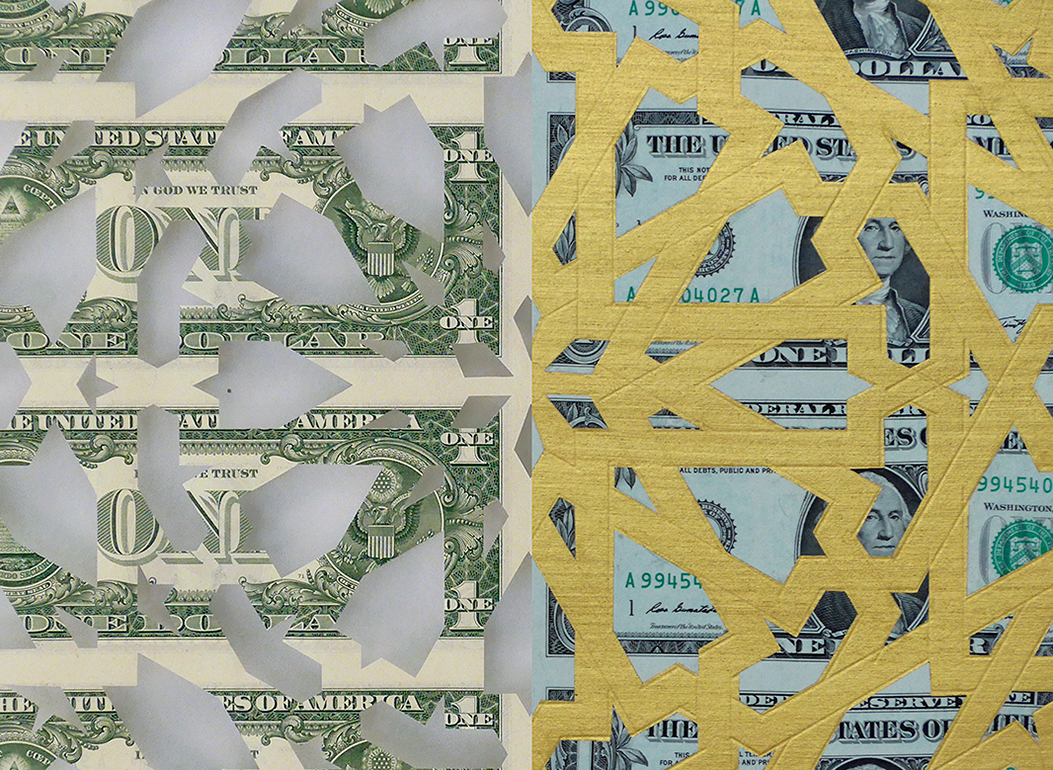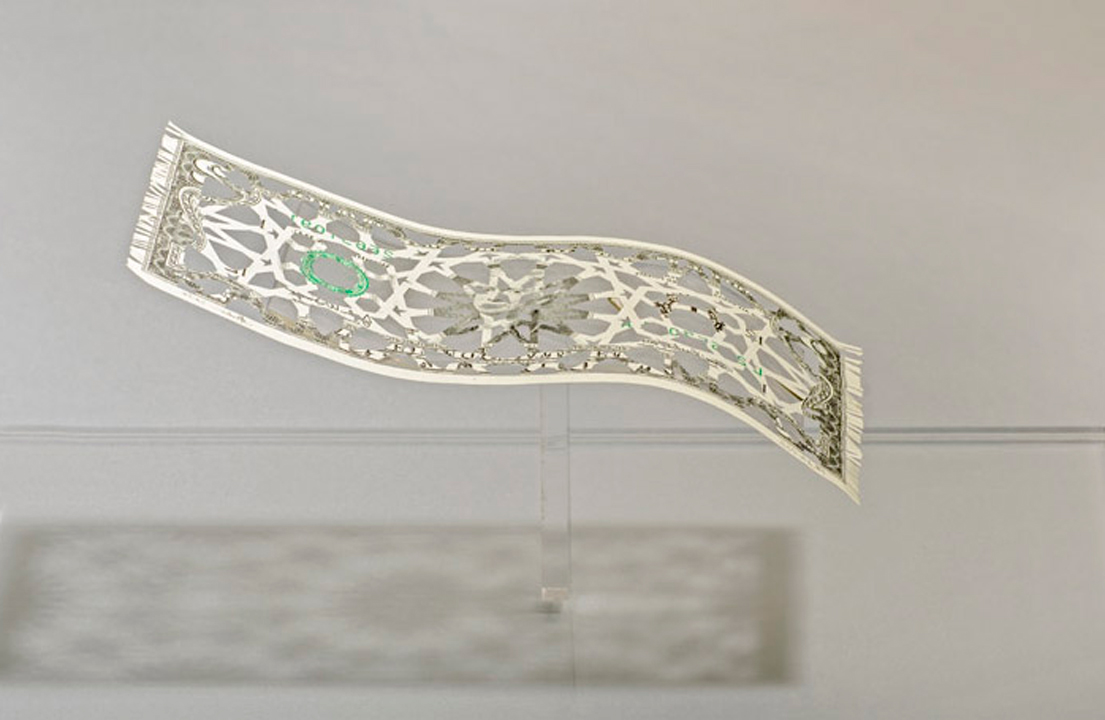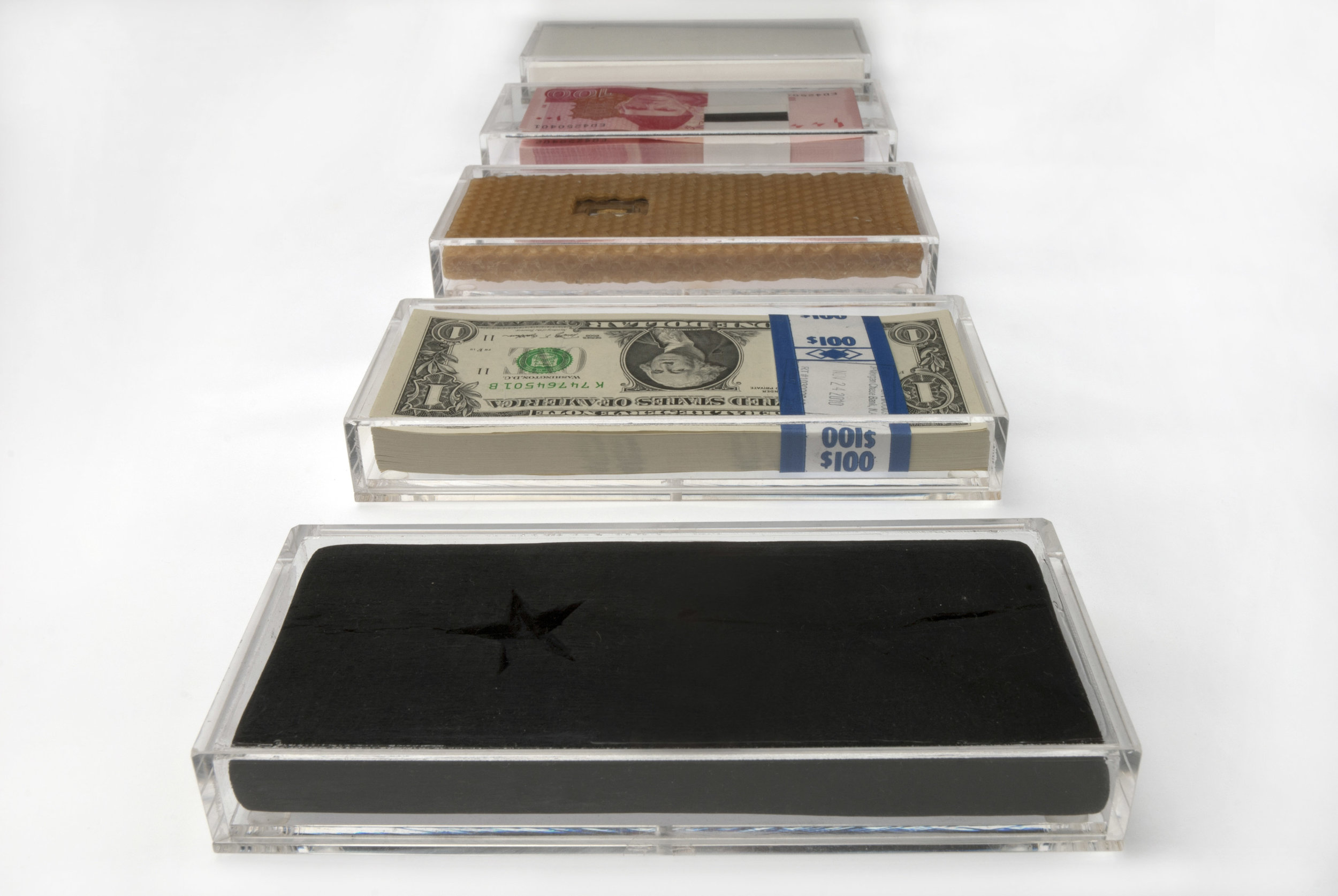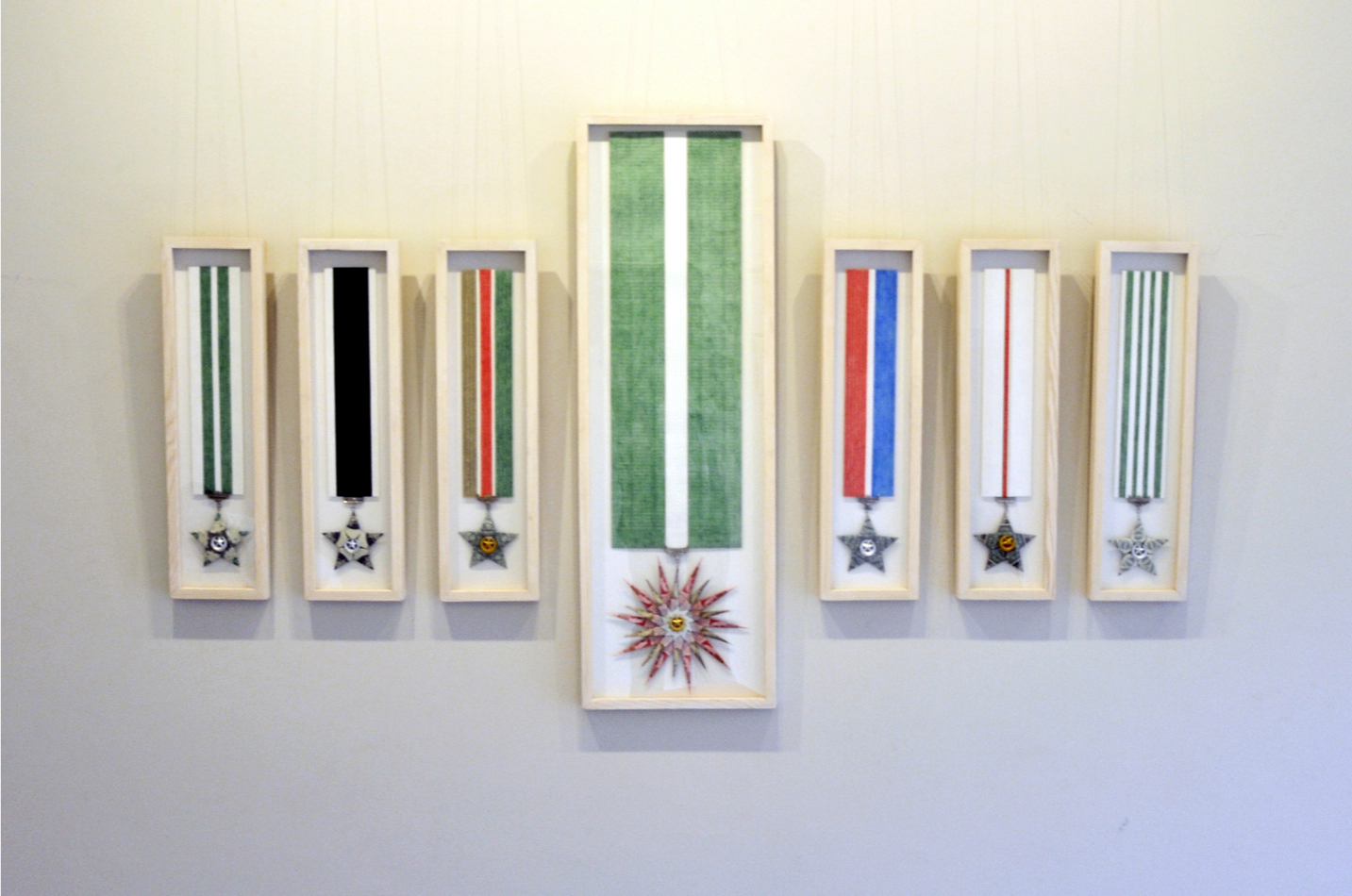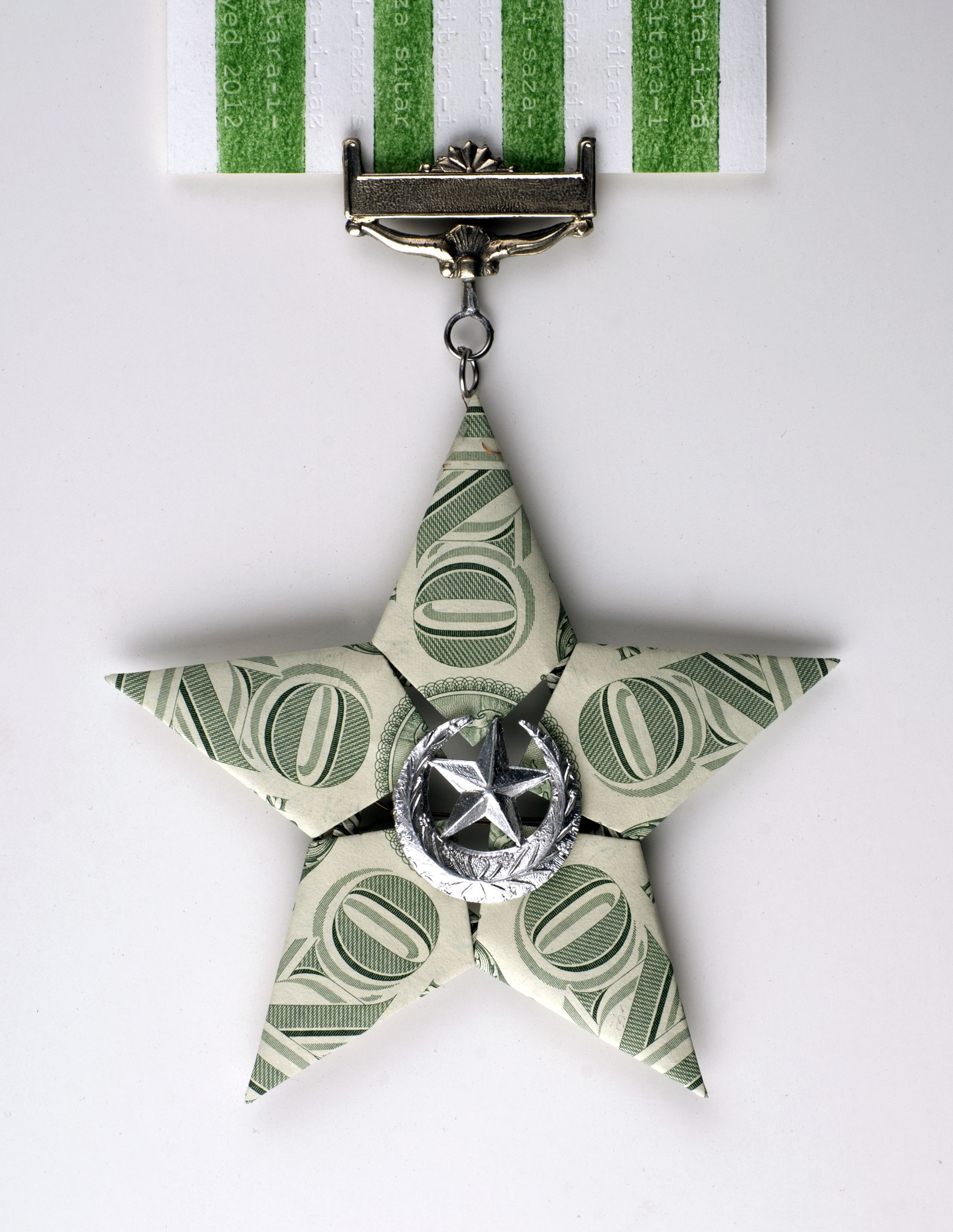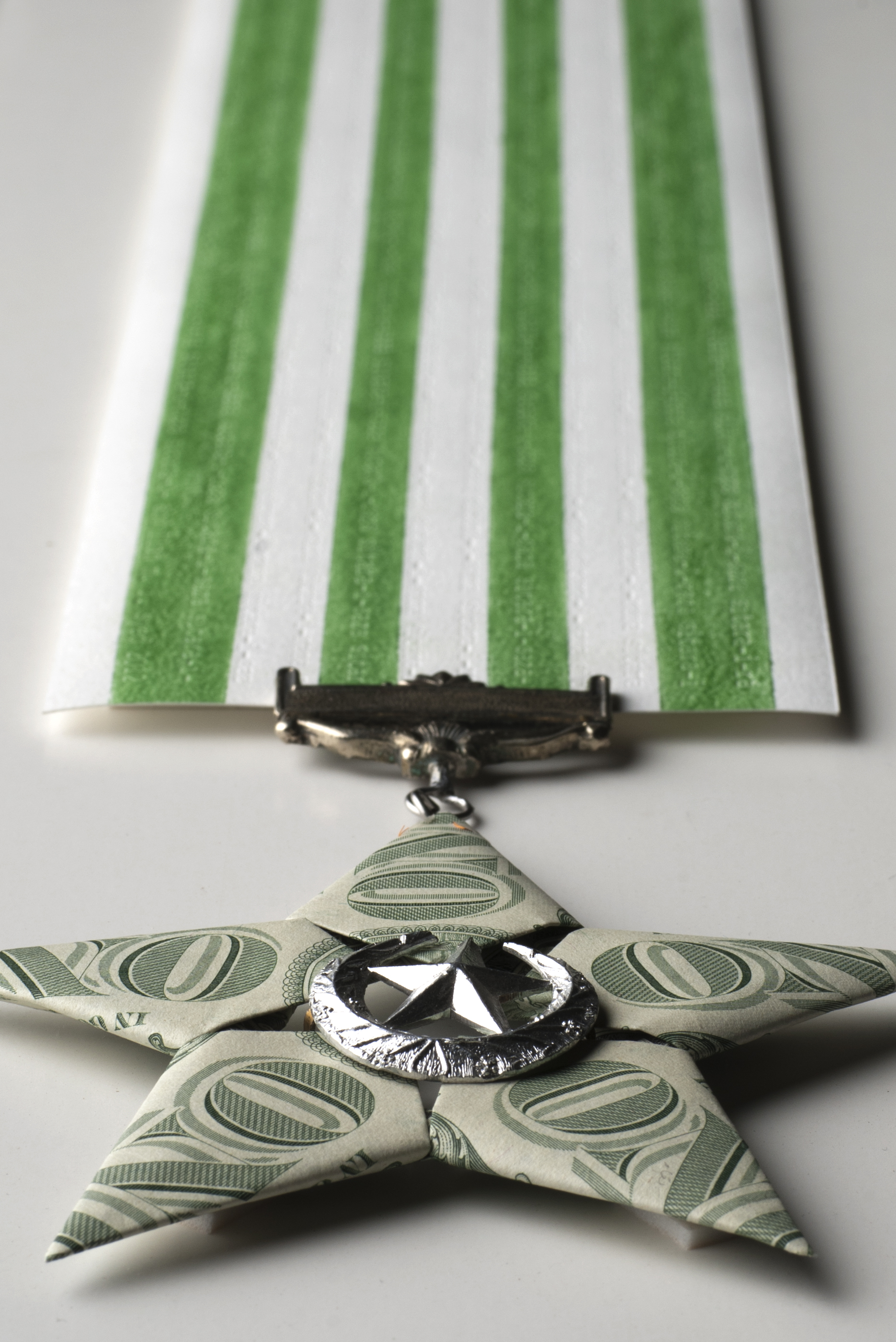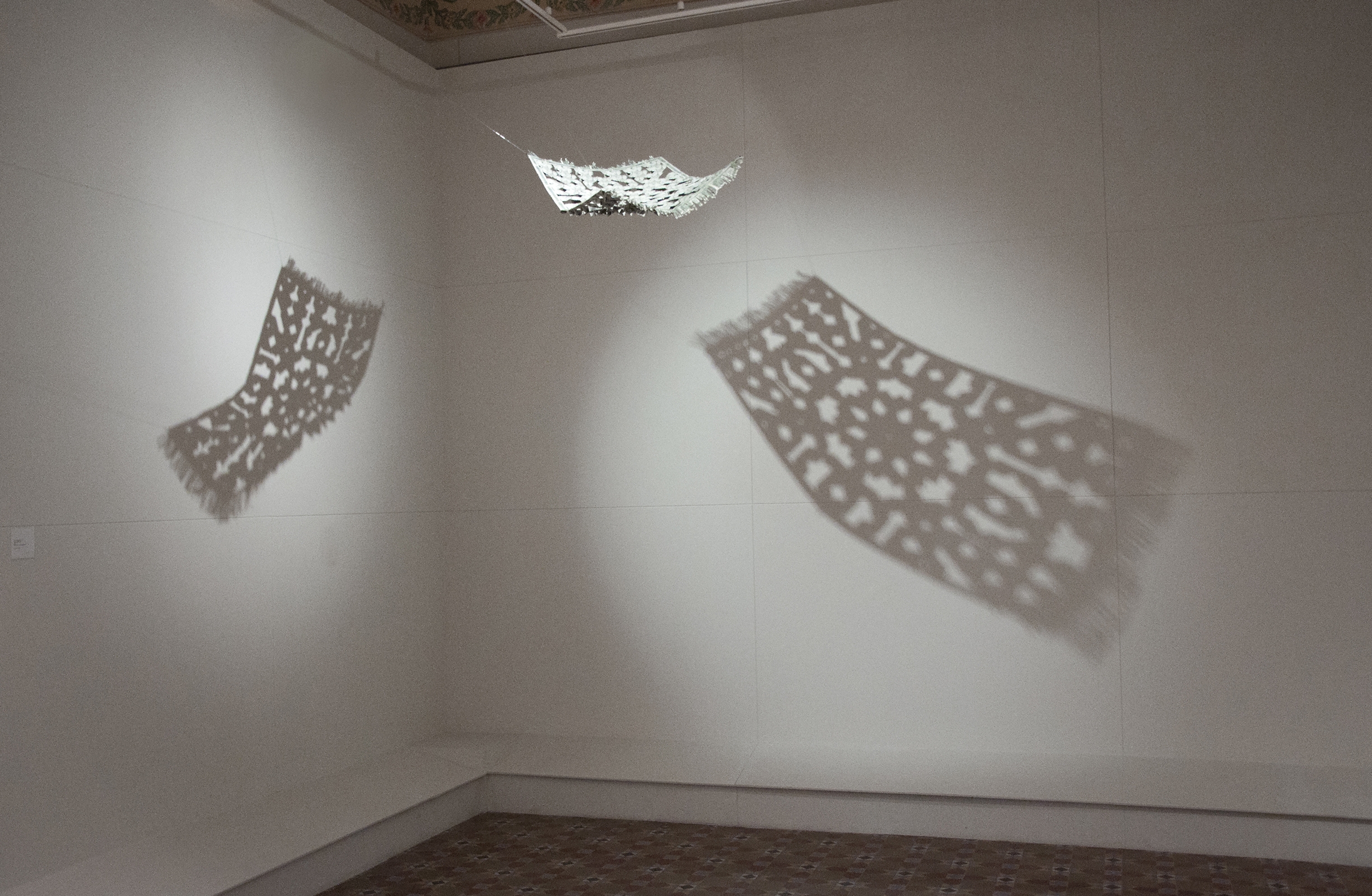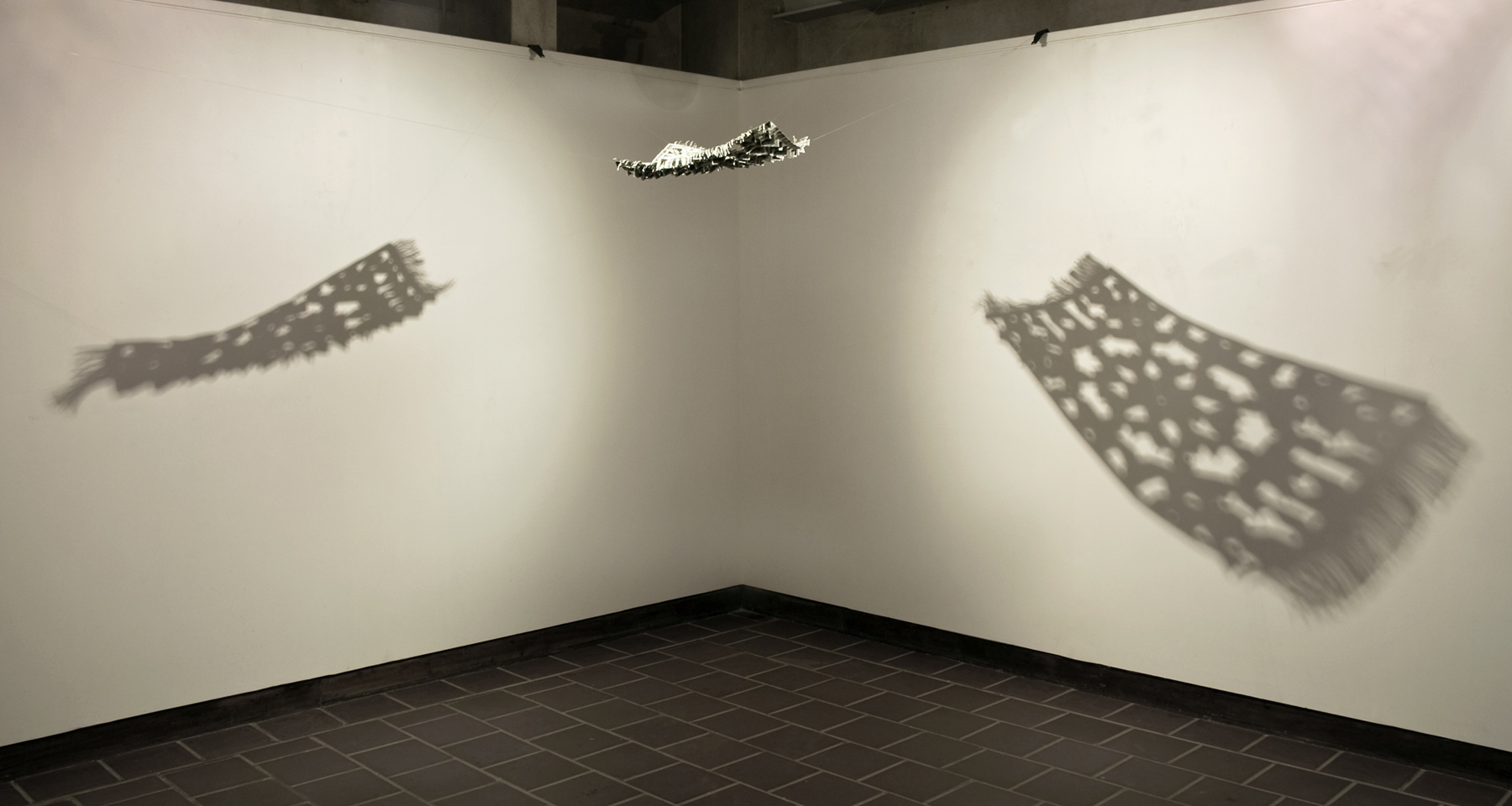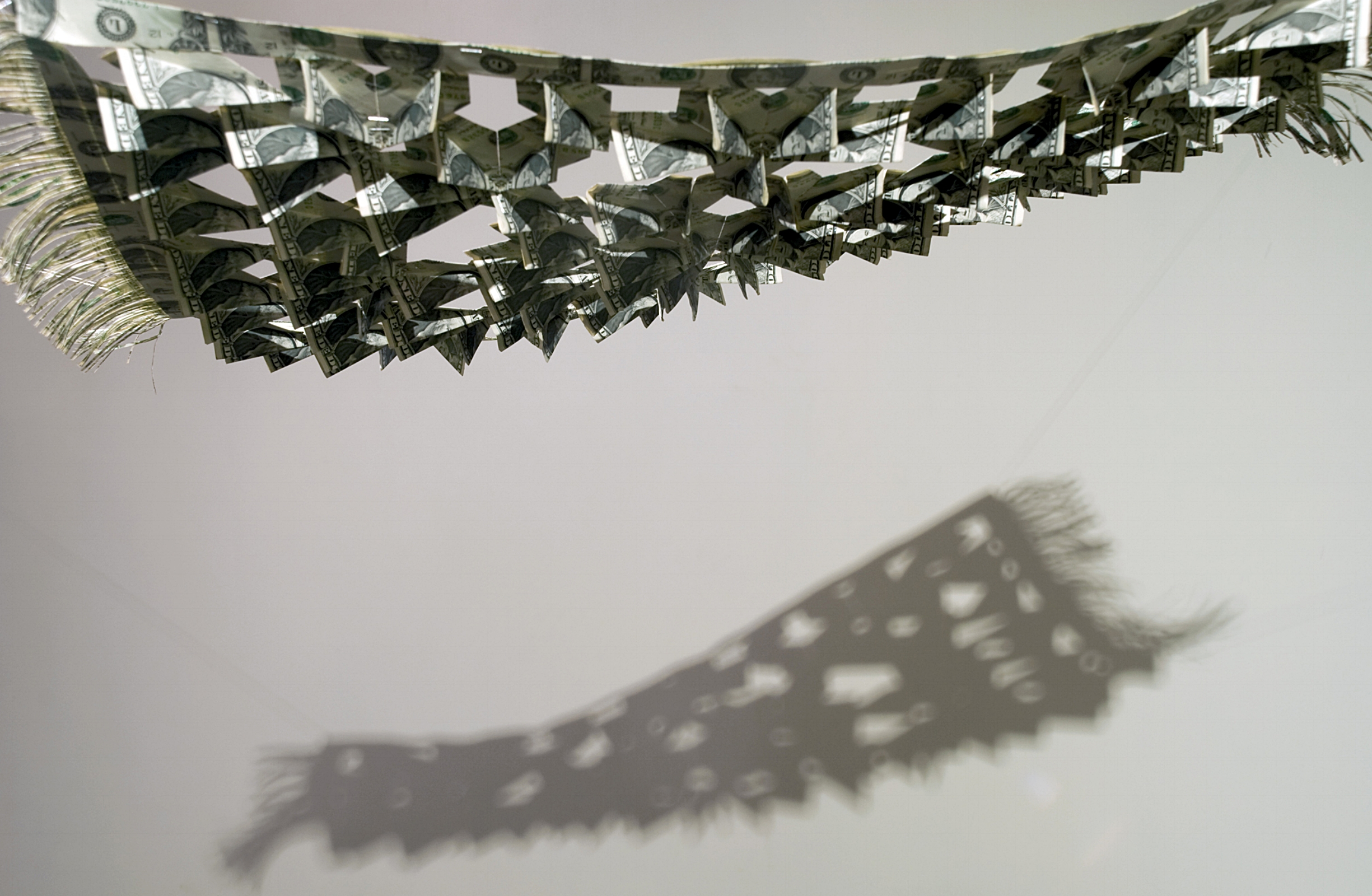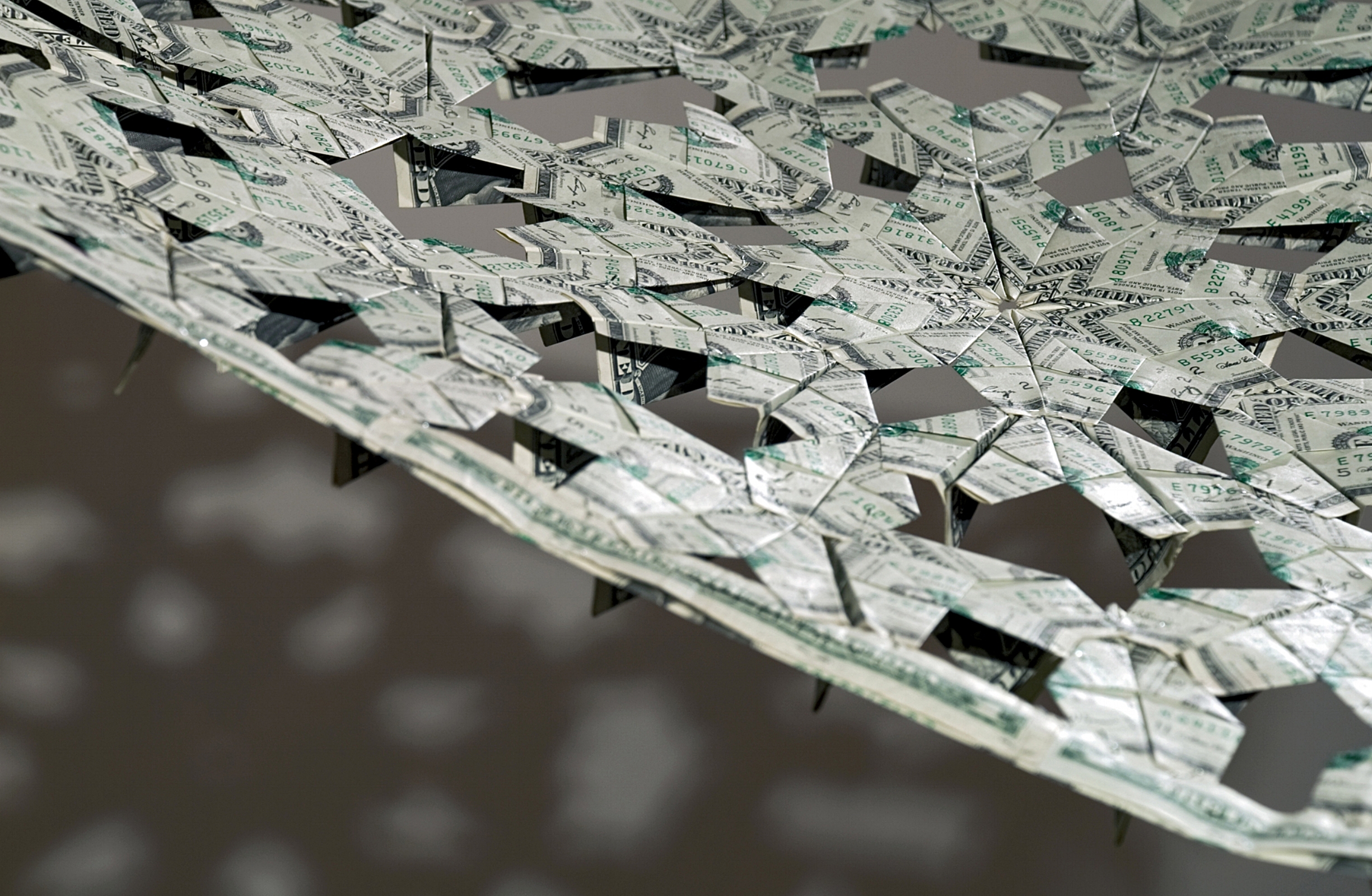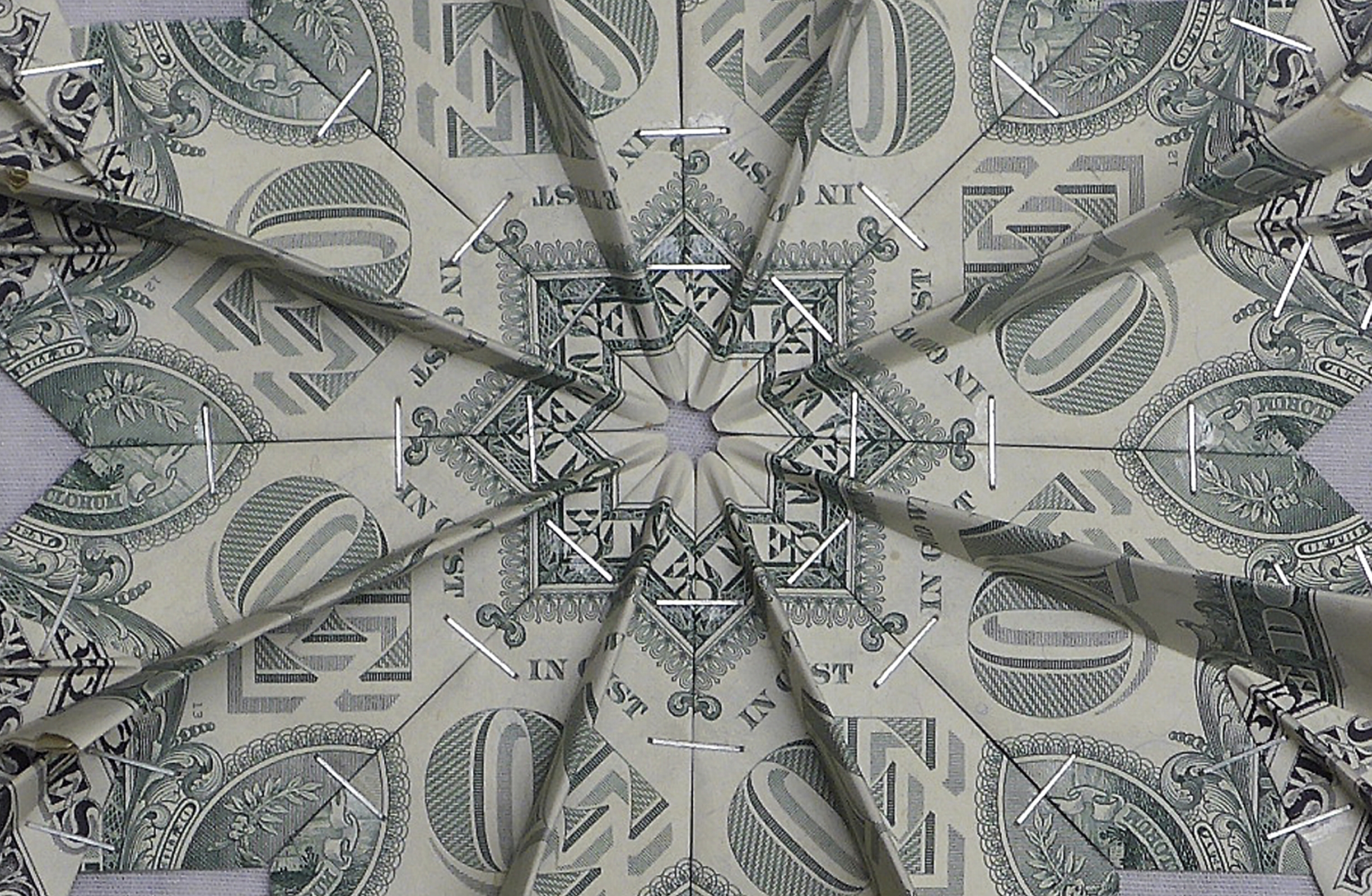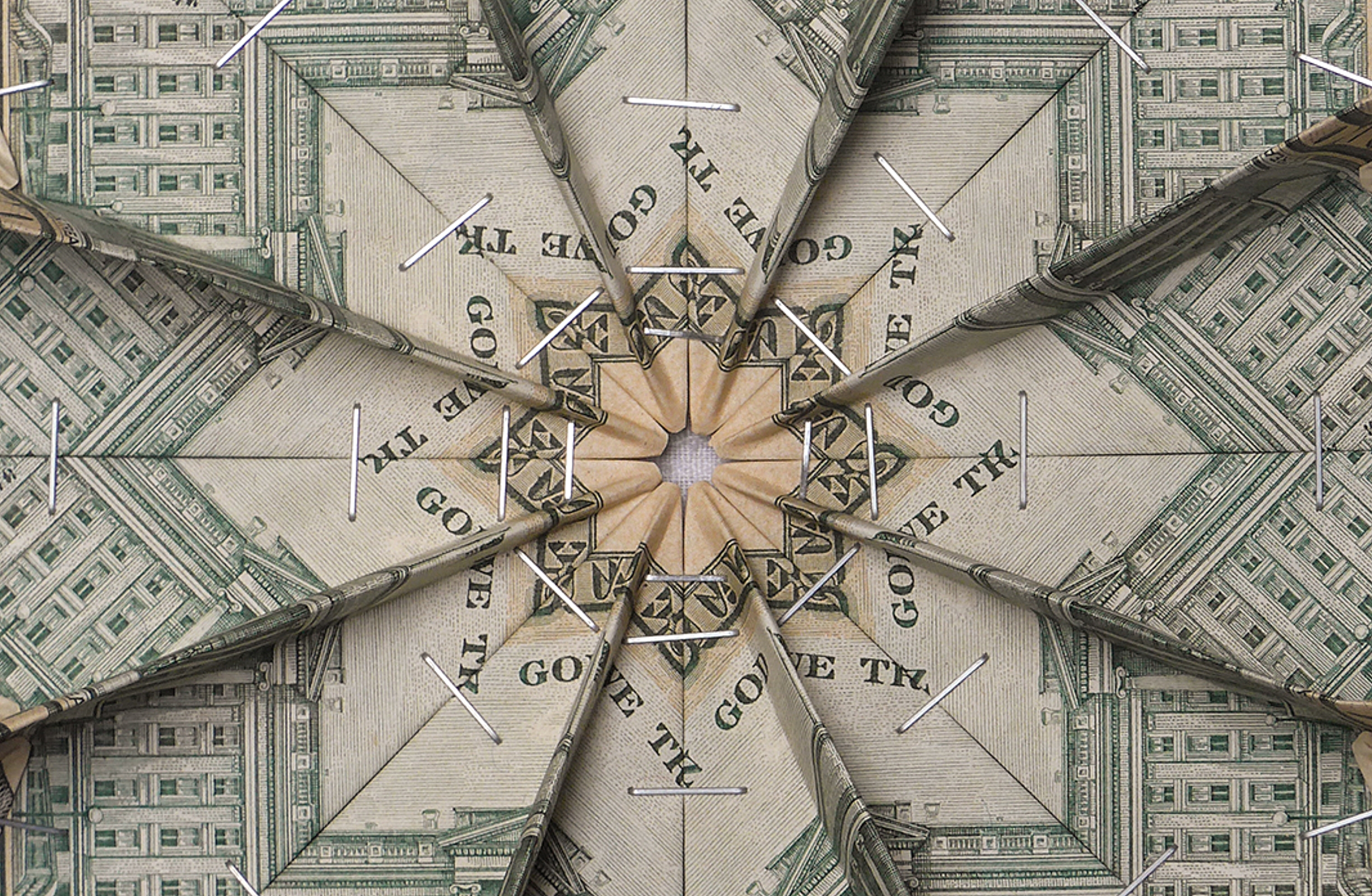Performance One - Flying Buck Exchange: The Art of Invitation
Performance Two - Flying Buck Exchange: The Art of Consumption
Performance Three - Flying Buck Exchange: The Art of Trade
Performance Four - Flying Buck Exchange: The Art of Distribution
Flying Buck Exchange is a special presentation of an ongoing ‘Bucking’ performance project by Pakistani-Australian artist Abdullah M.I. Syed. Showcased over three days at MPavilion as part of the inaugural Asia TOPA, Syed’s tongue-in-cheek turn of phrase, Bucking, will see him consuming, distributing and exchanging currency, in this case, in the form of the fabled US dollar bills.
With an immediate surface playfulness underneath which lie more complex renderings of the dysfunctions of global market economies, the dissemination of power, and intrinsic neo-colonial concerns, the US dollar bill becomes a powerful instrument of addressing the micro and the macro. Where the body of the artist is in immediate play, occupied in acts of repetition and endurance, so too is the larger body of the audience, which becomes as an unwitting beneficiary of this seemingly innocuous act of engagement. Innocence and familiarity are tropes that draw those present into the field of action, however the medium itself and the progression of the performance into a more sombre and painful reality rapidly bring darker concerns hurtling to the forefront.
Flying Buck Exchange is a fascinating and at times confronting look at the central role that currency plays in economies of consumption and exchange and how money often navigates cultural and political identities.
Text courtesy of 4A Centre for Contemporary Asian Art

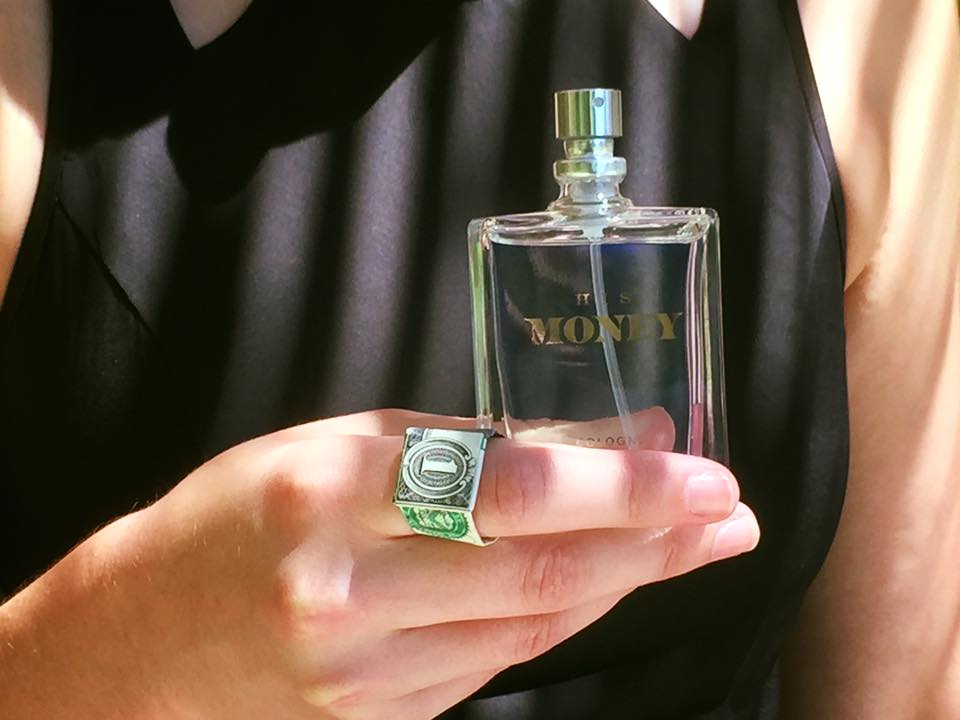

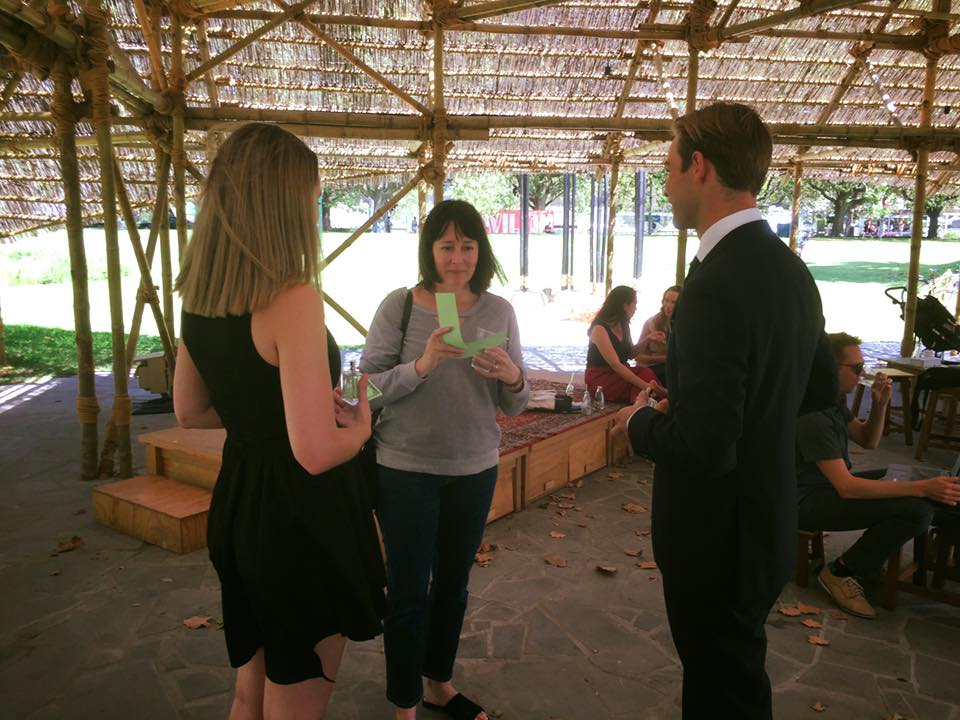
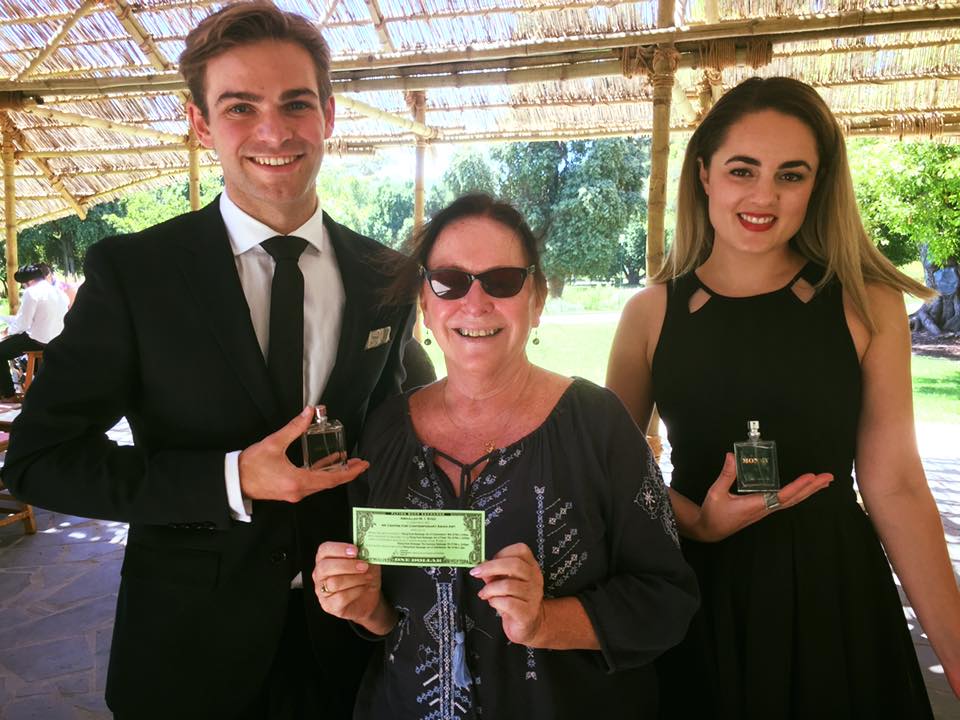





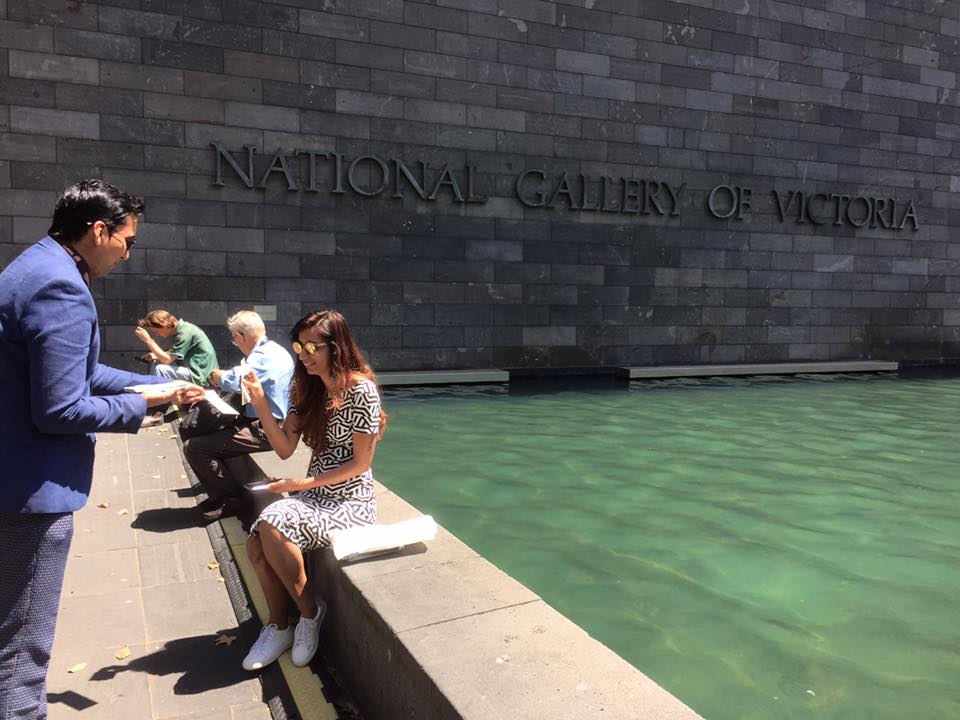



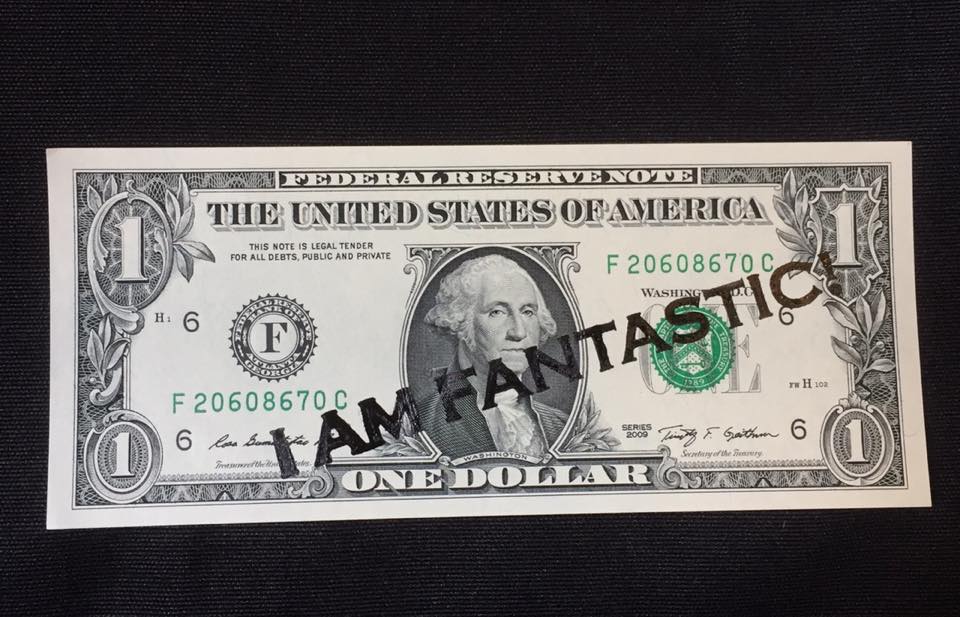




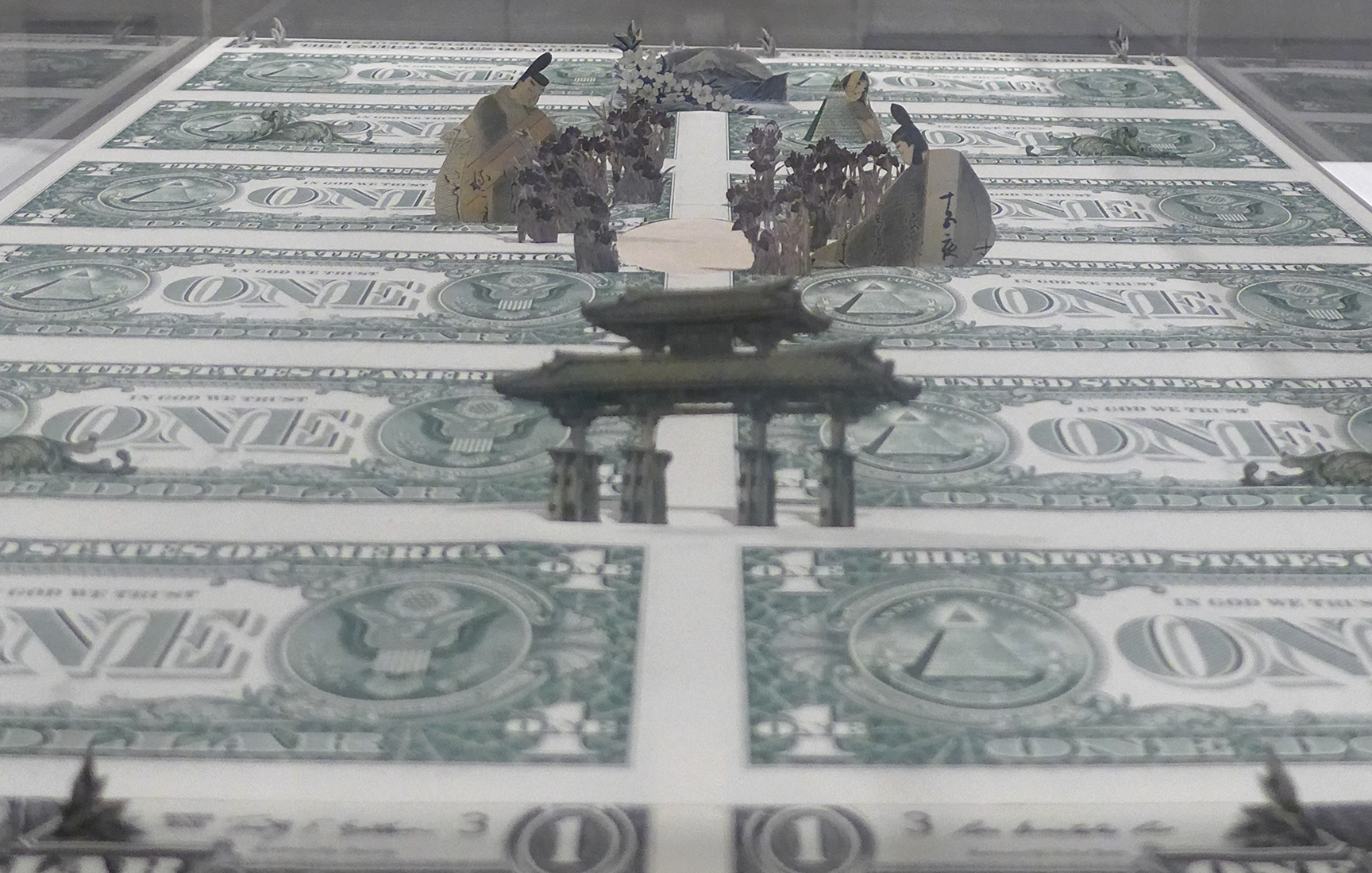
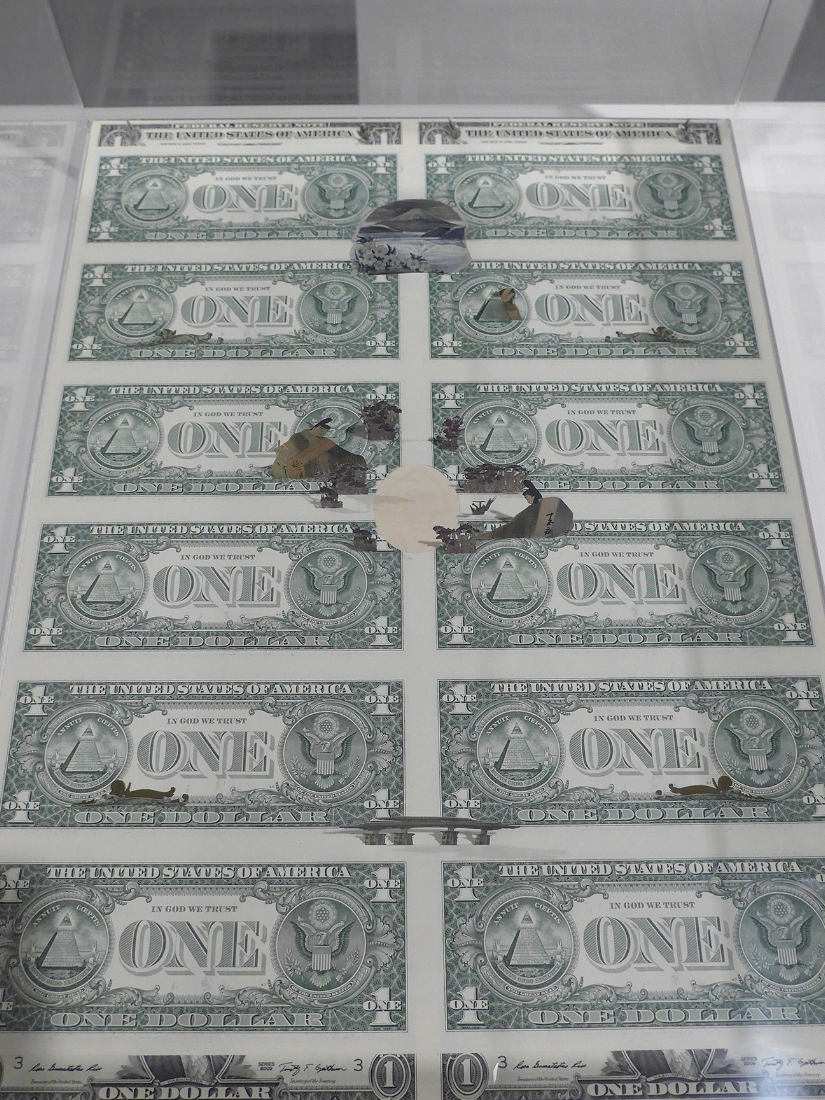
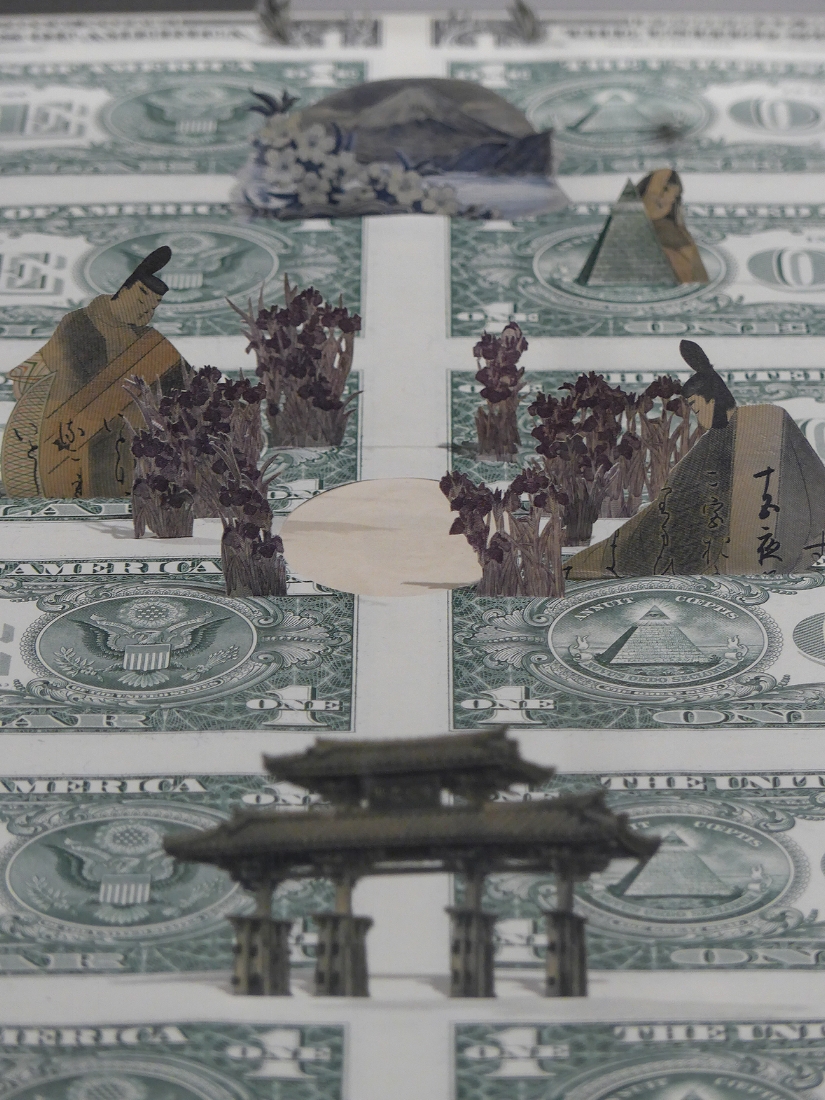
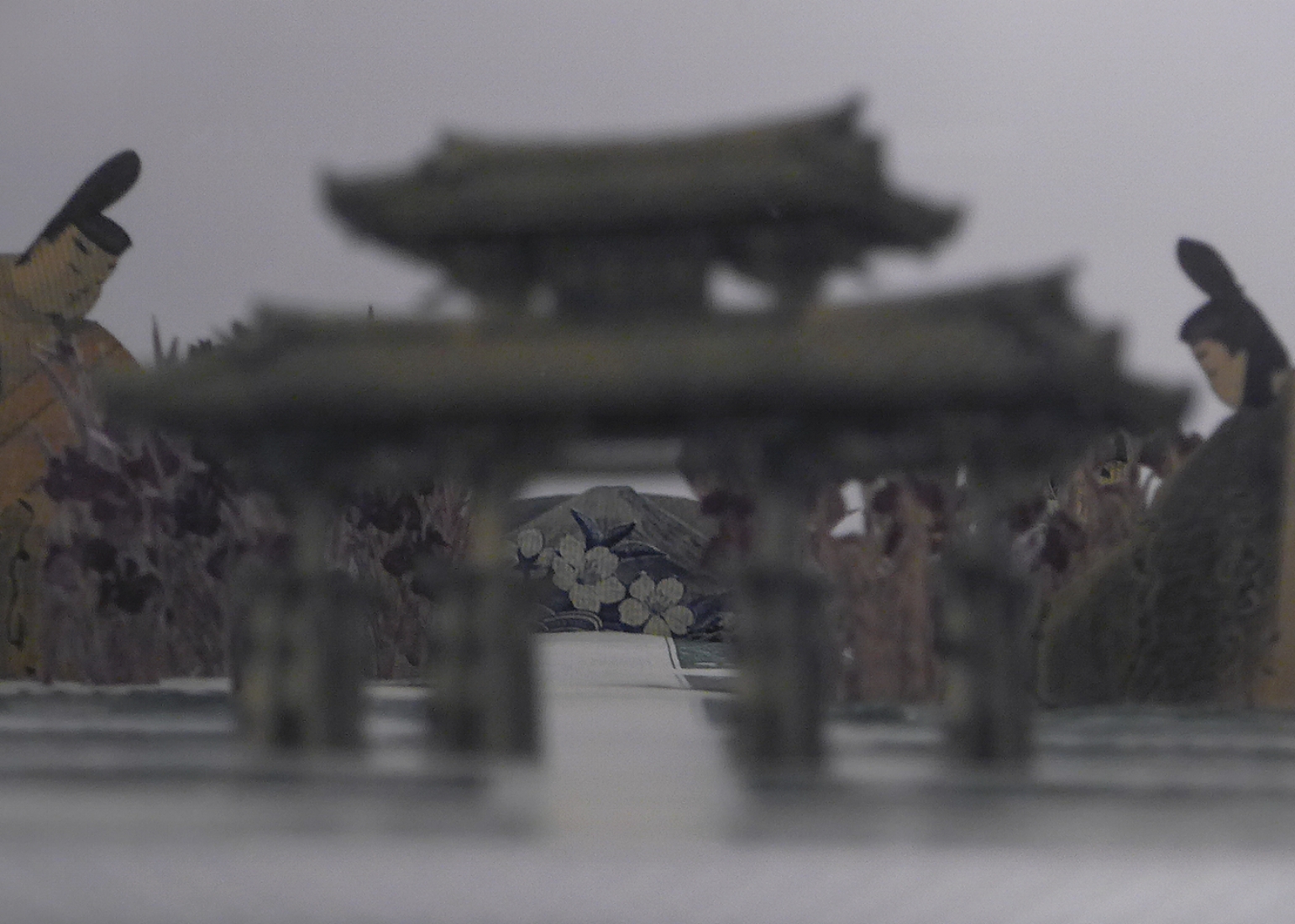
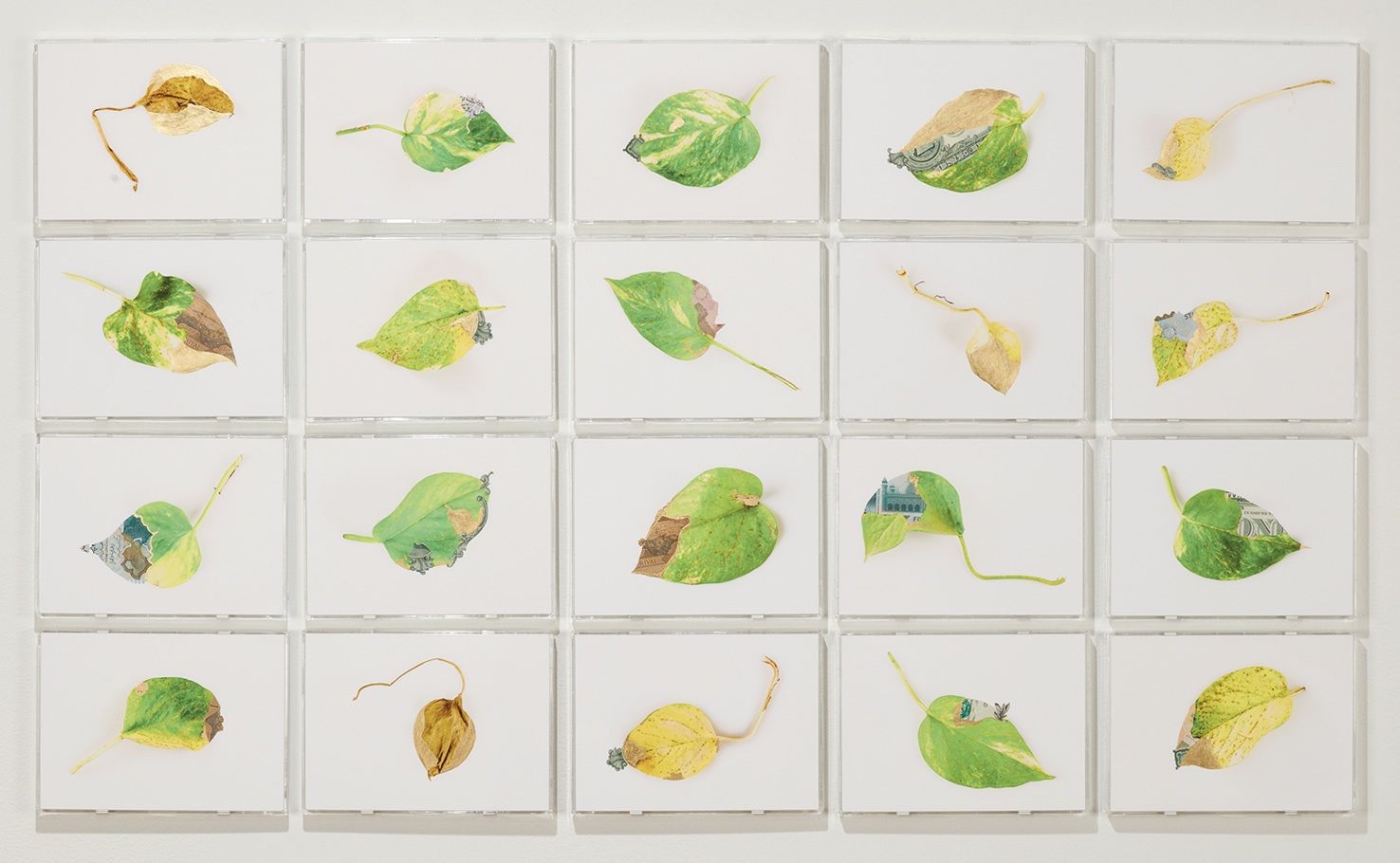

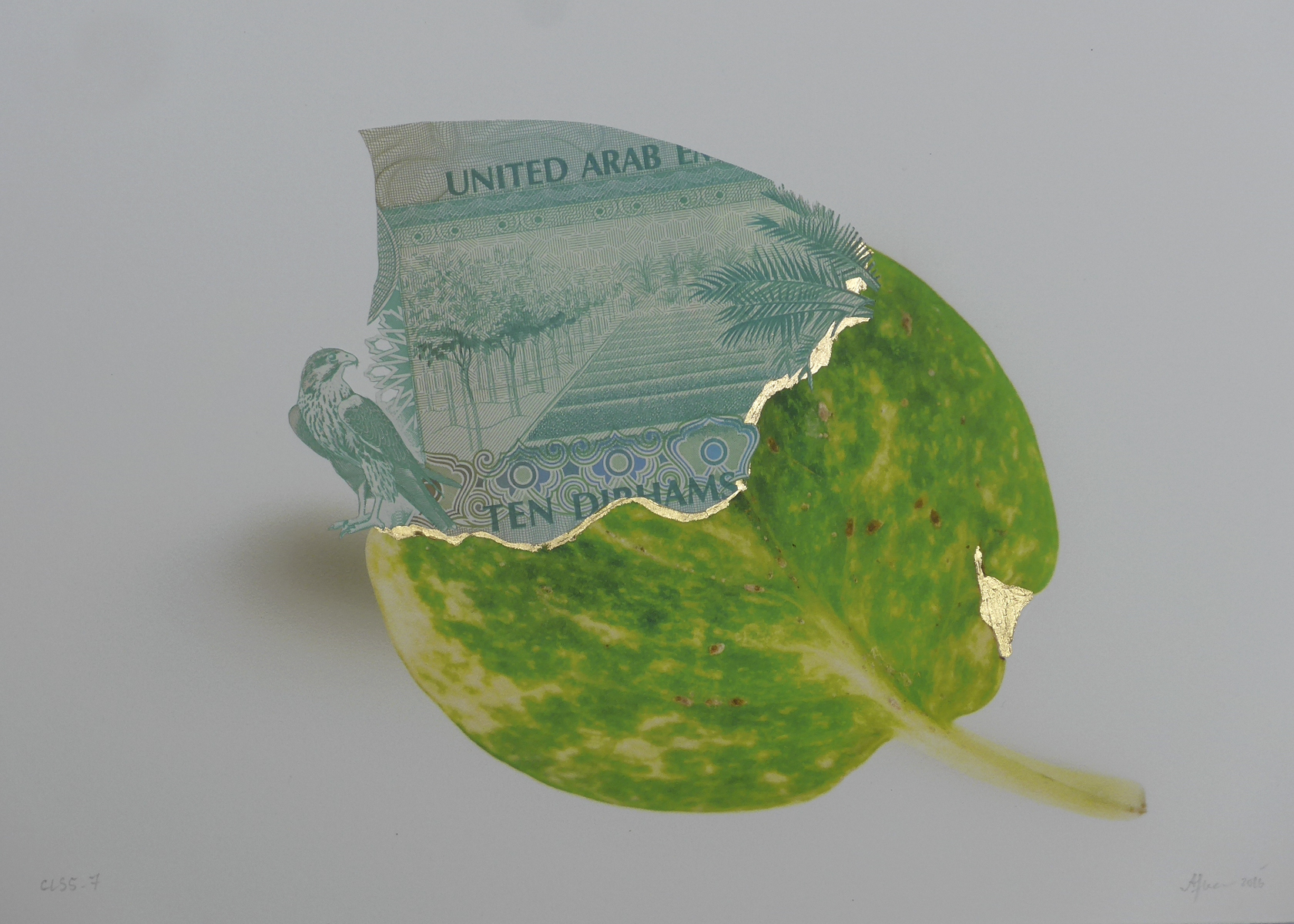
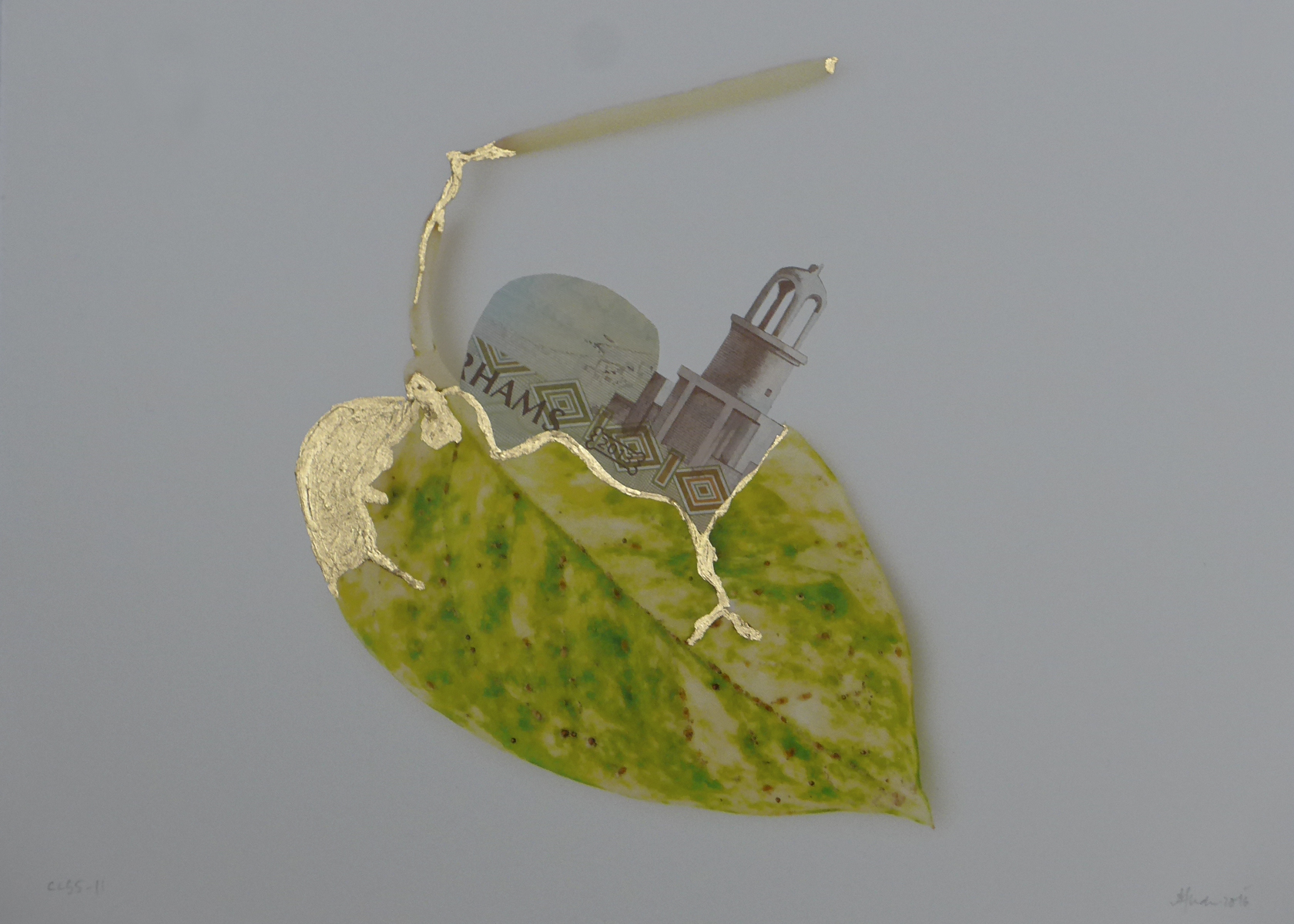
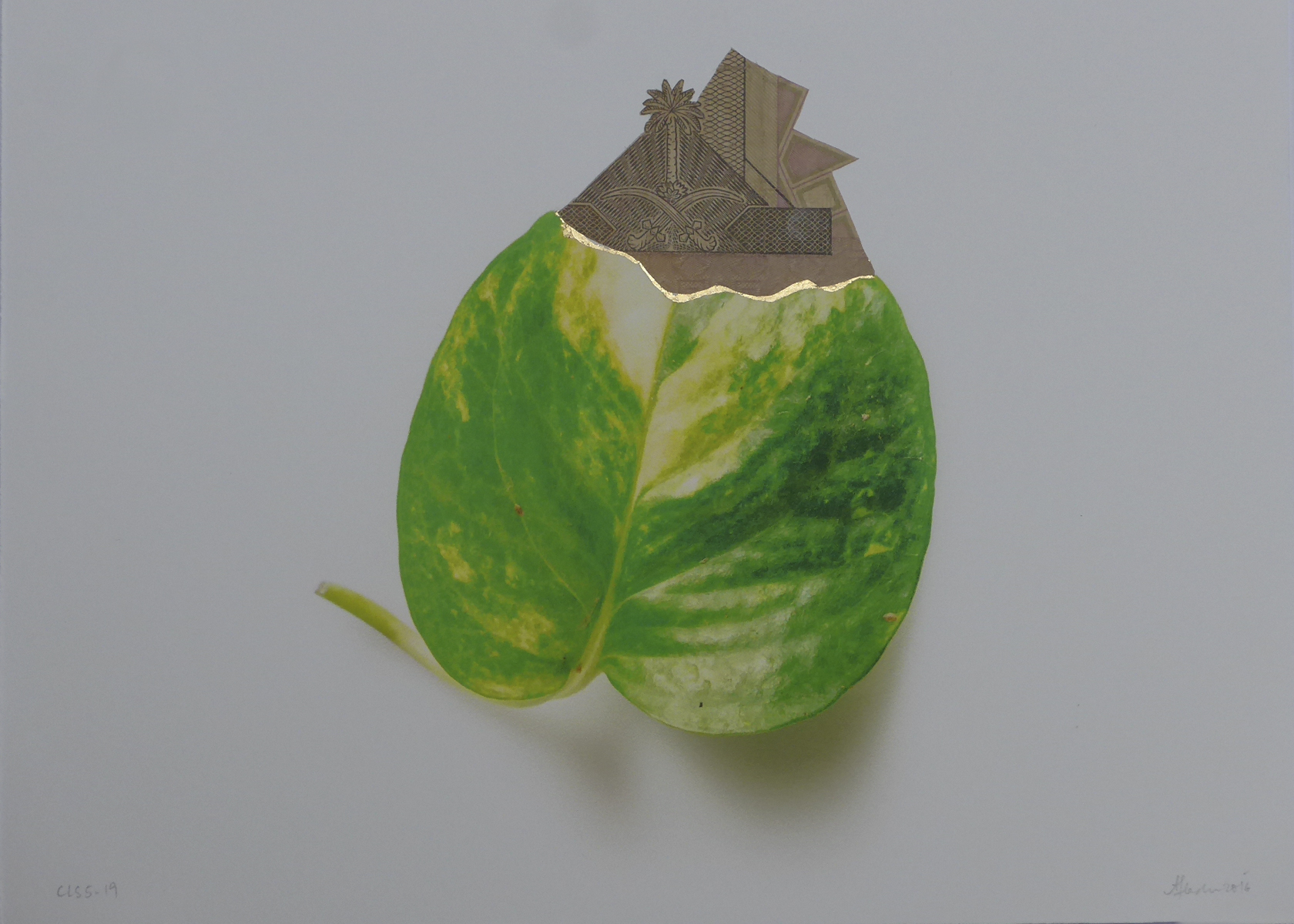
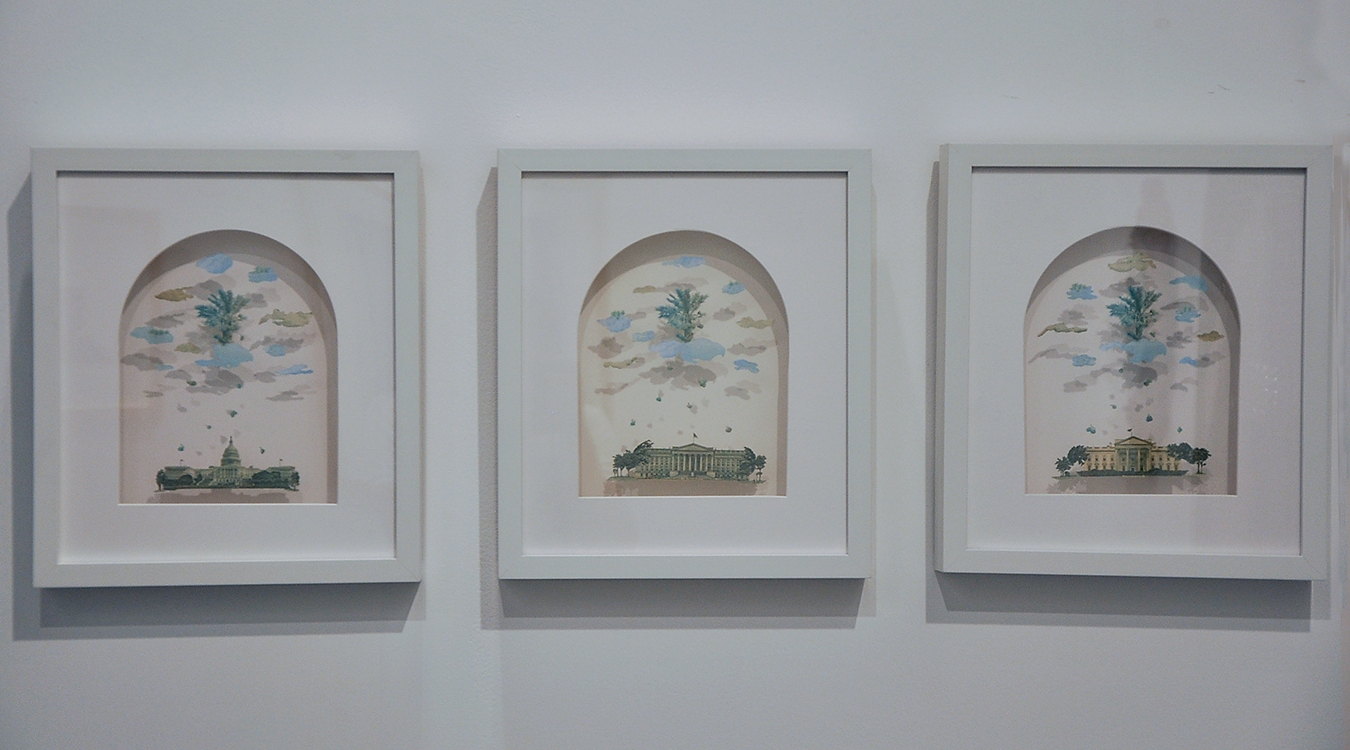
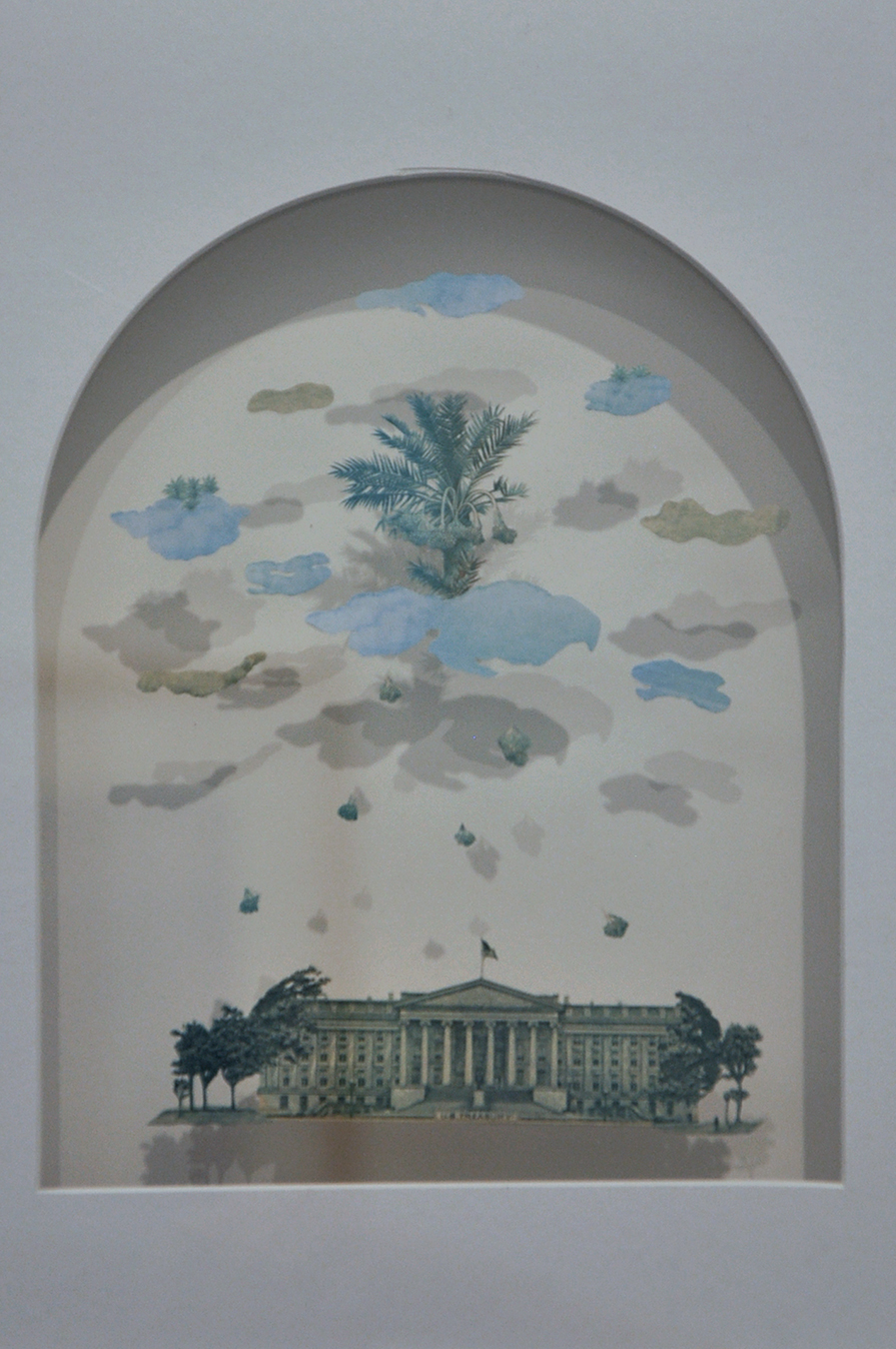
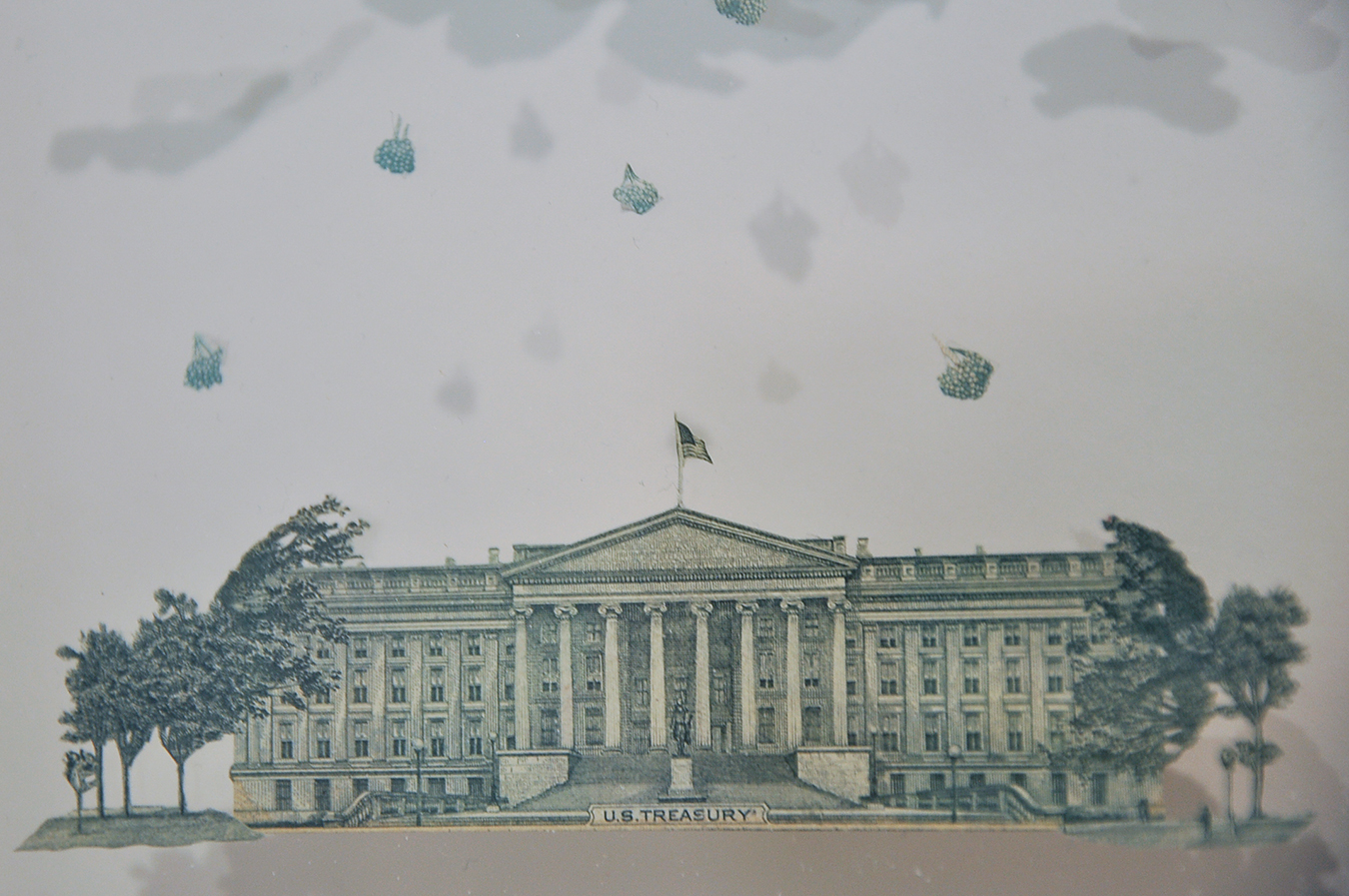
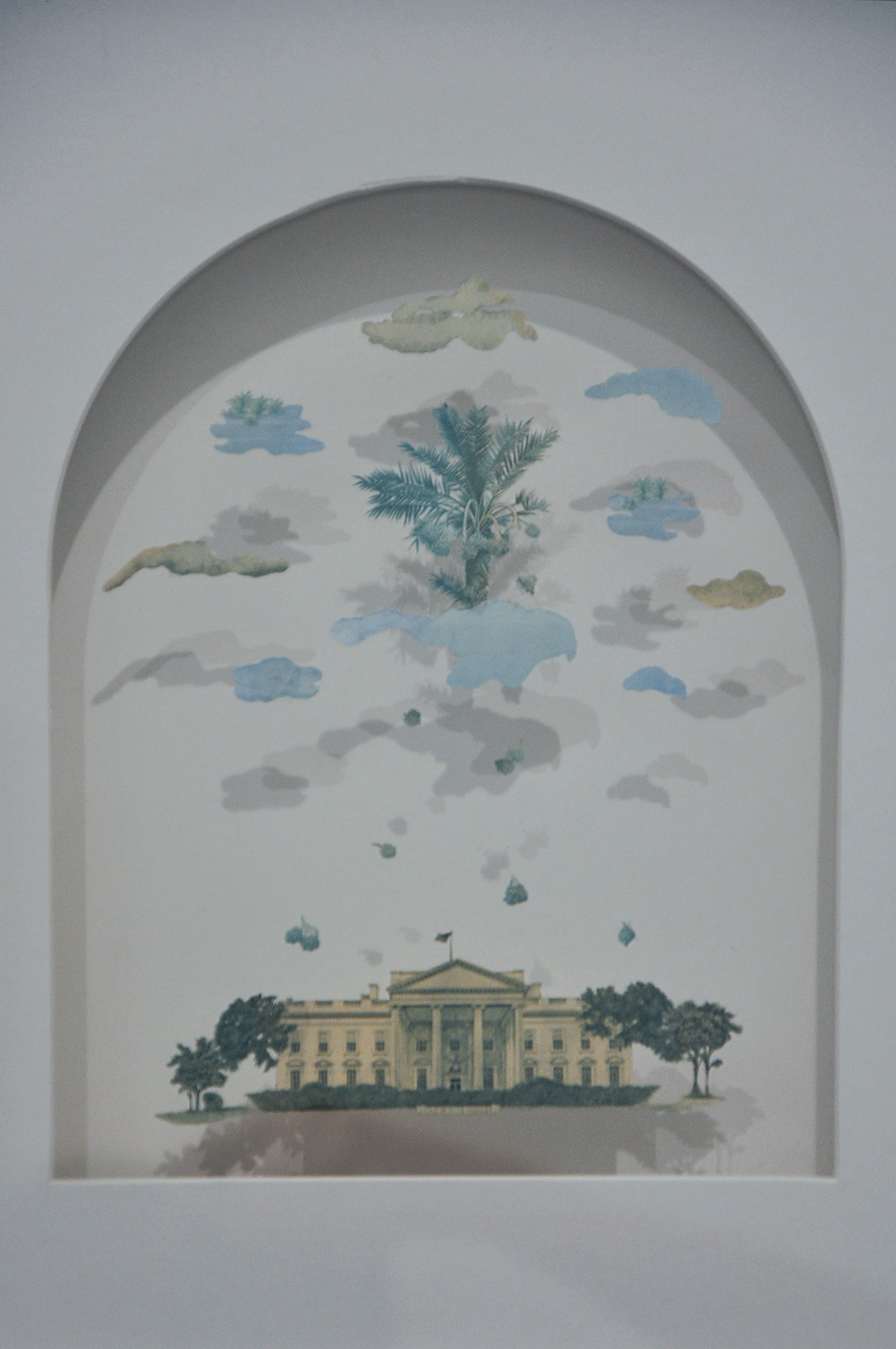
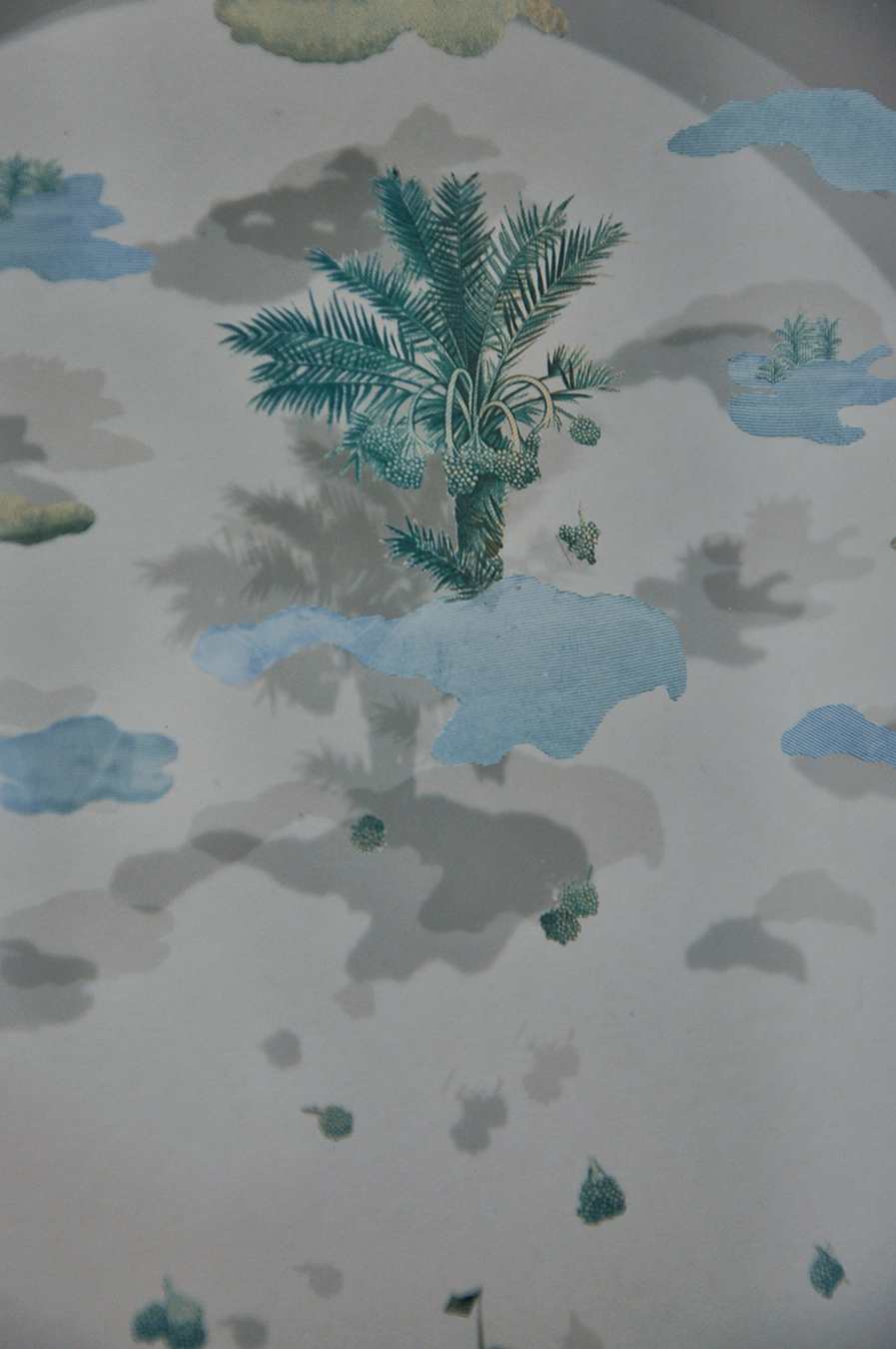
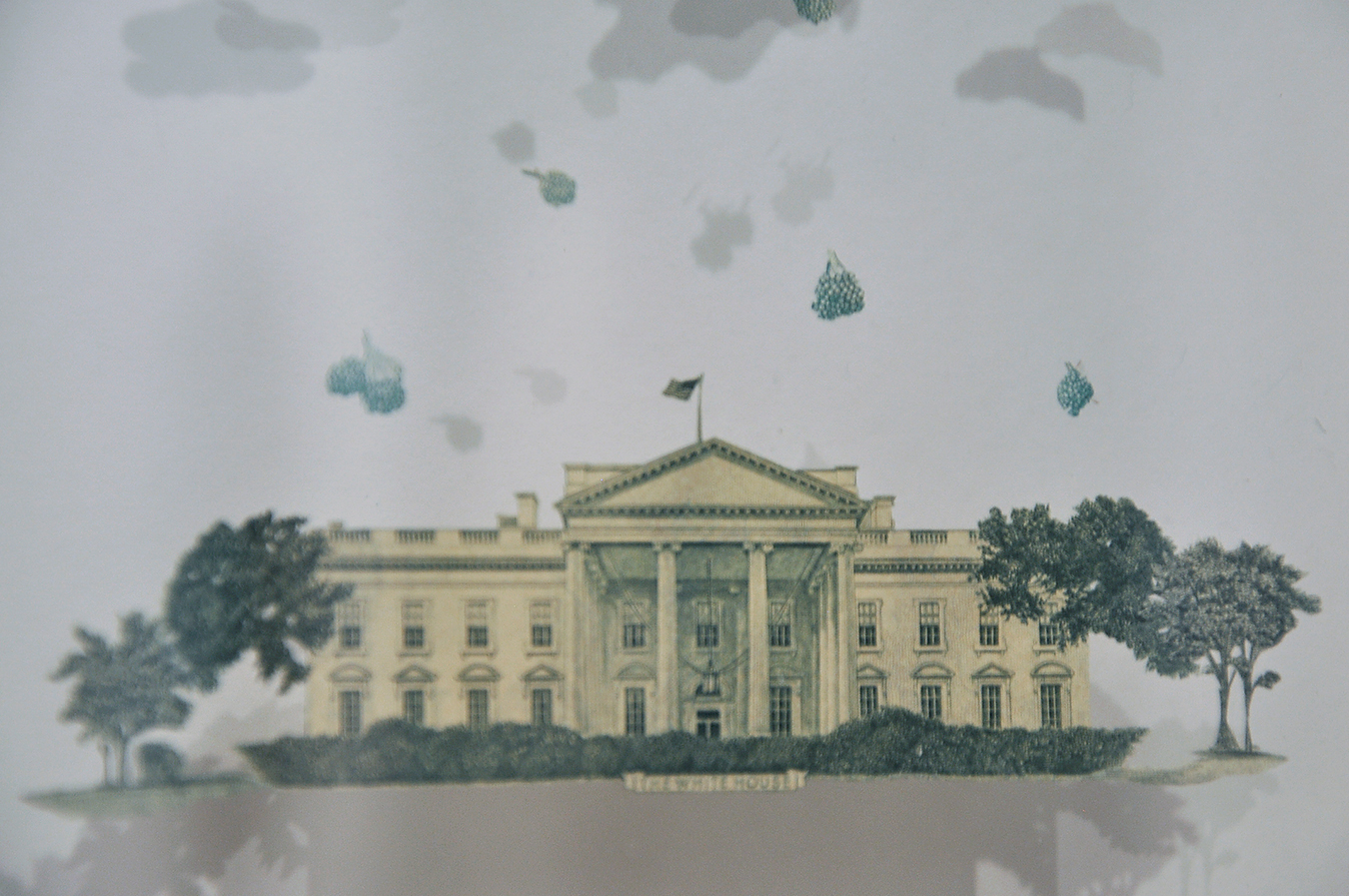
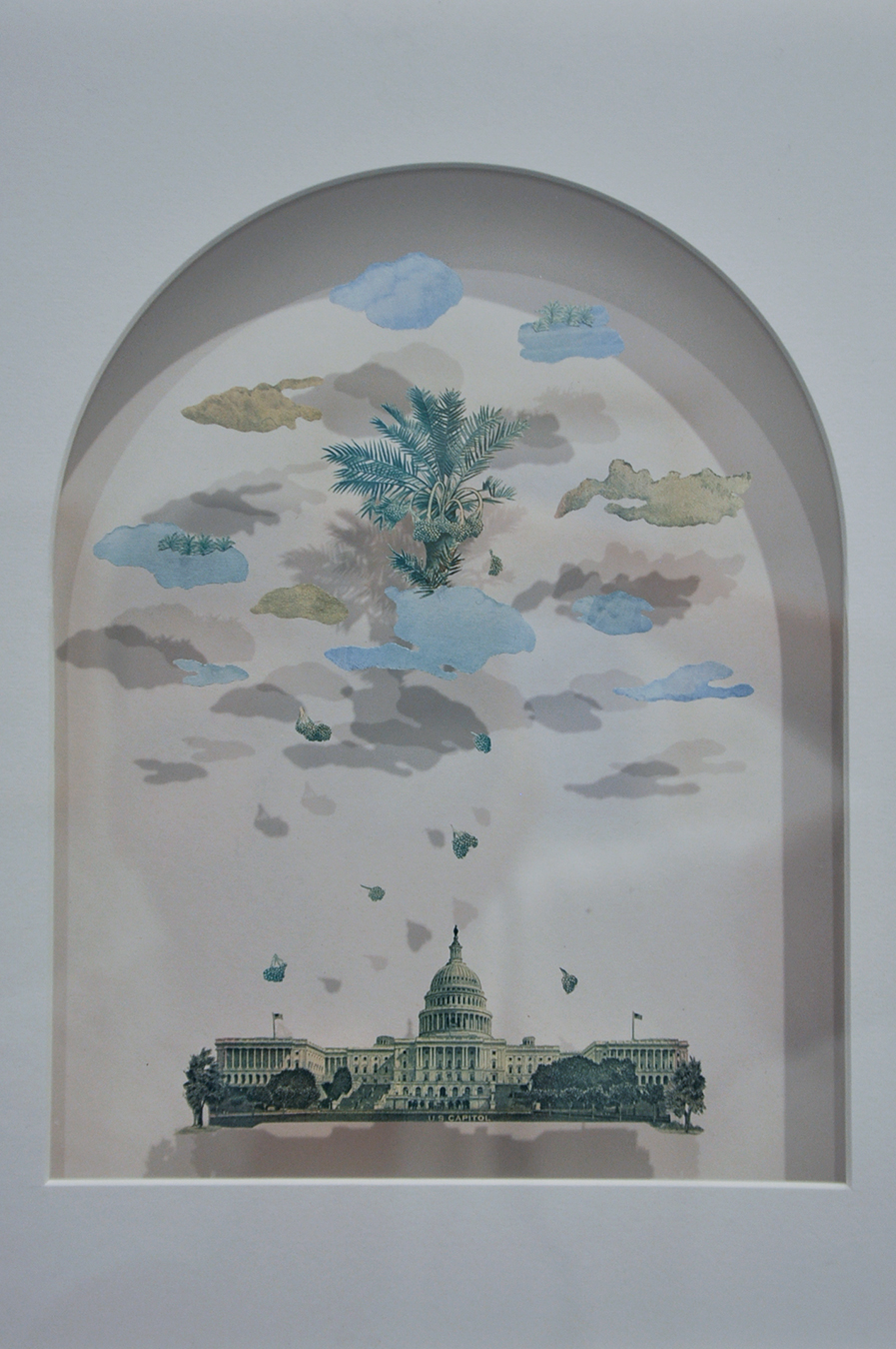
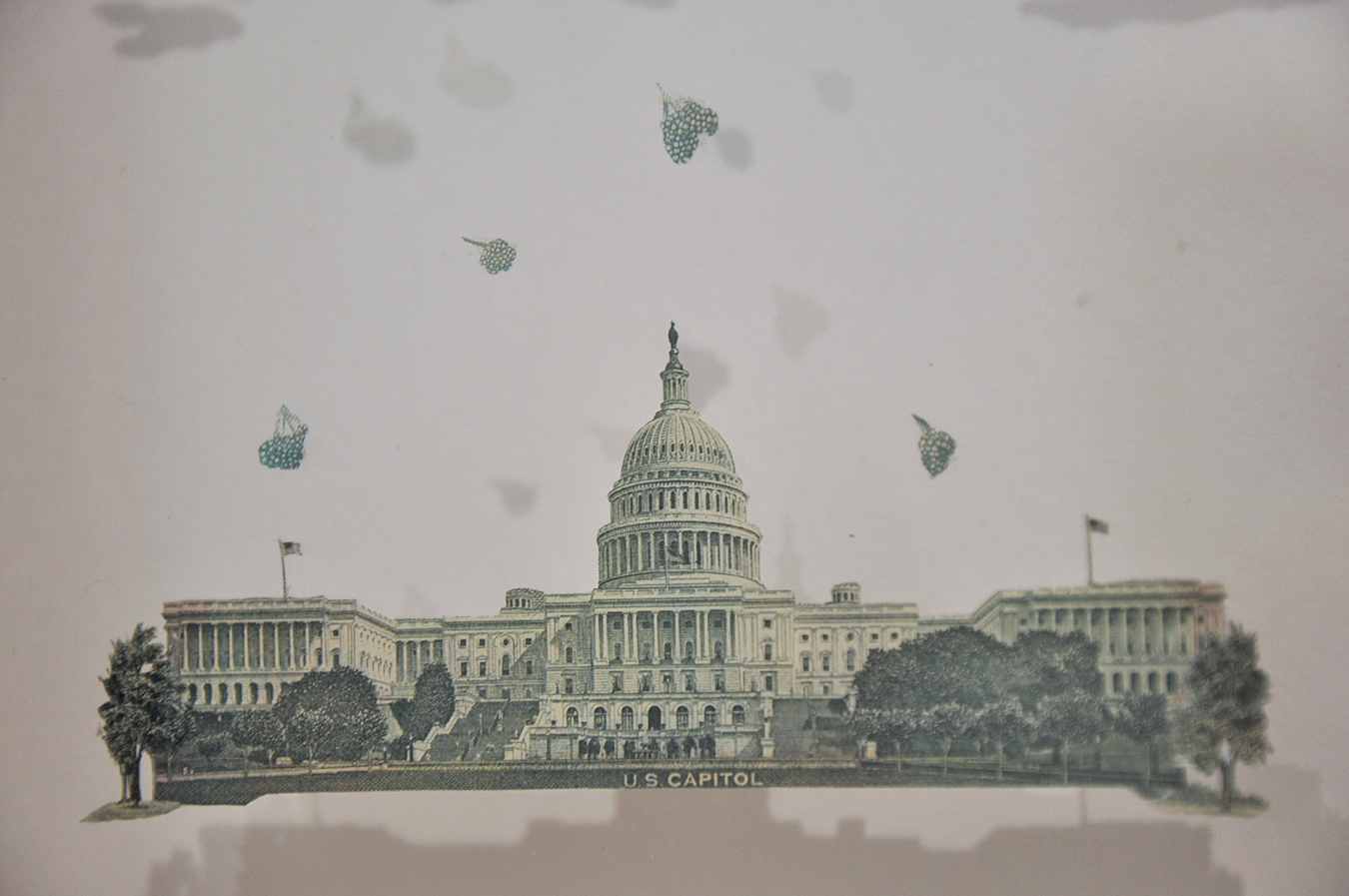
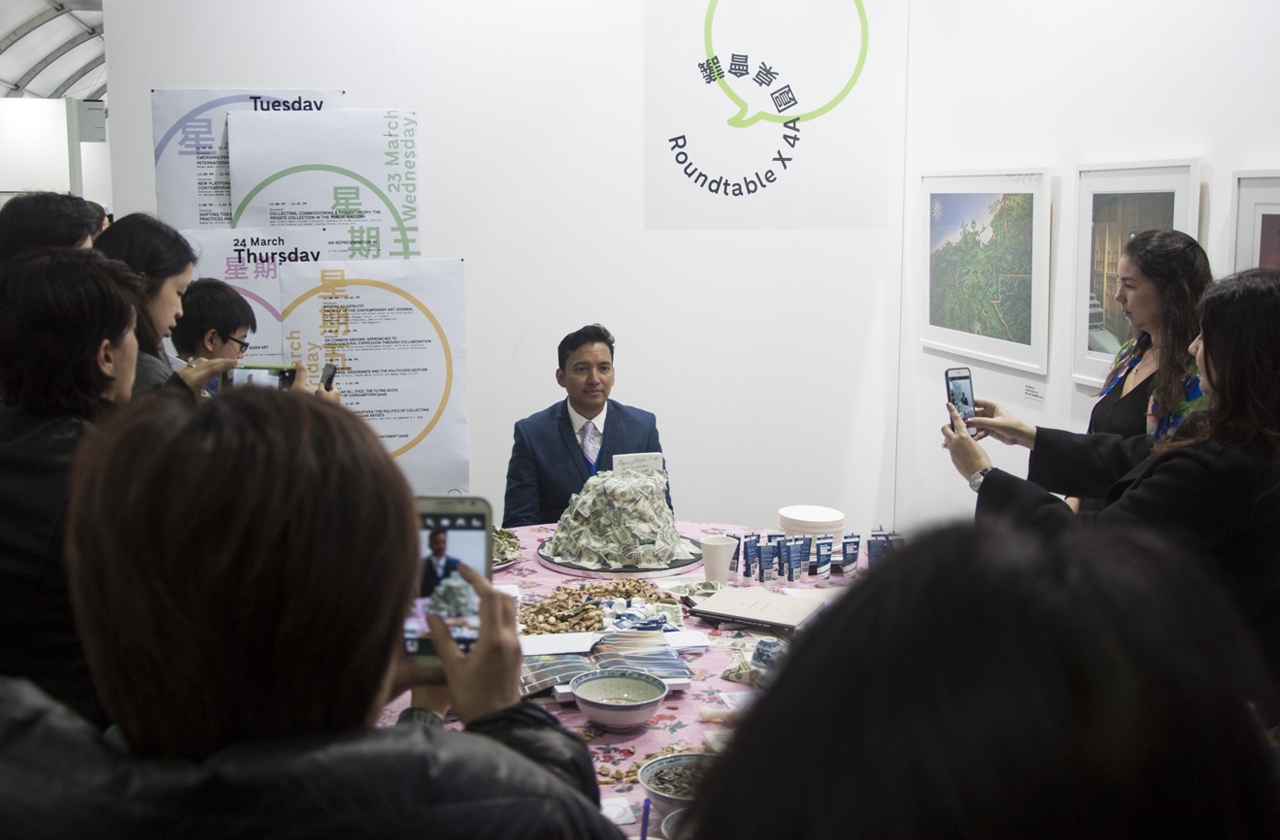
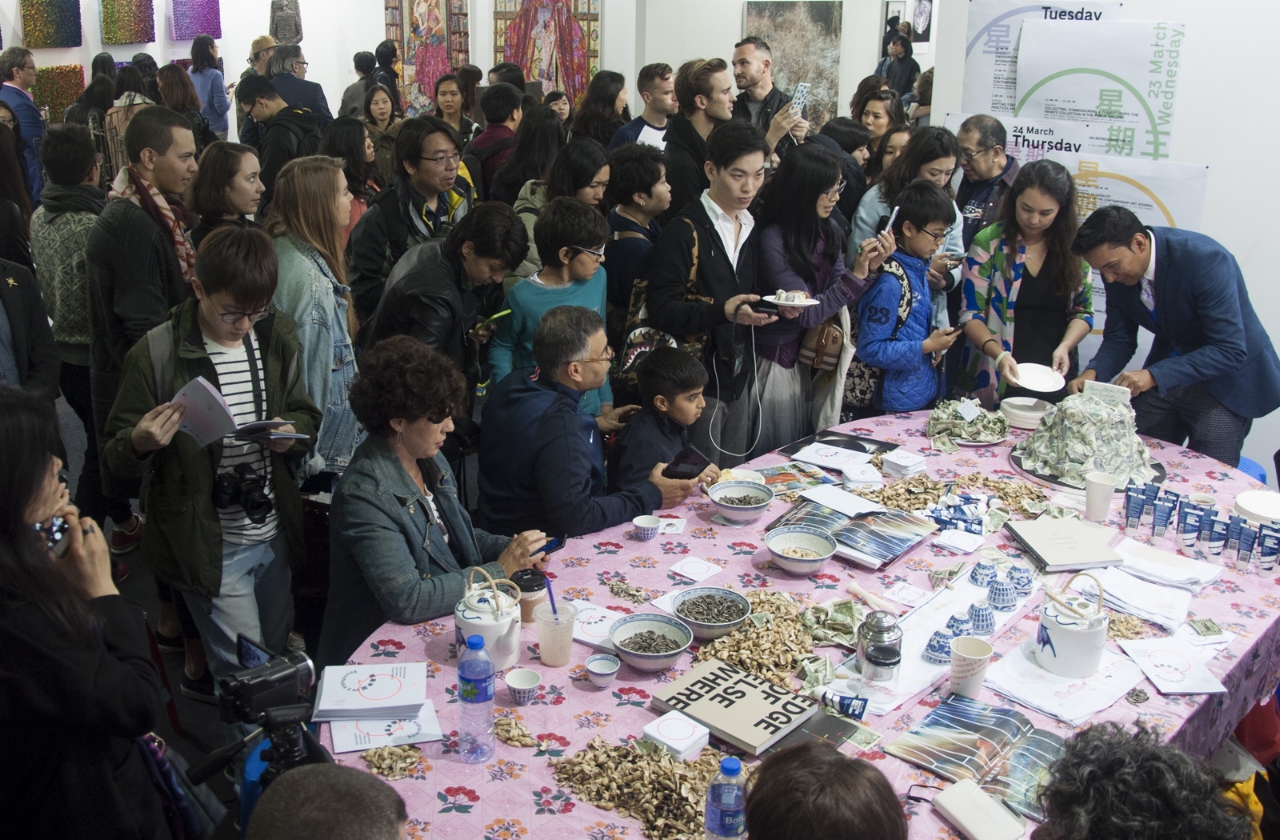
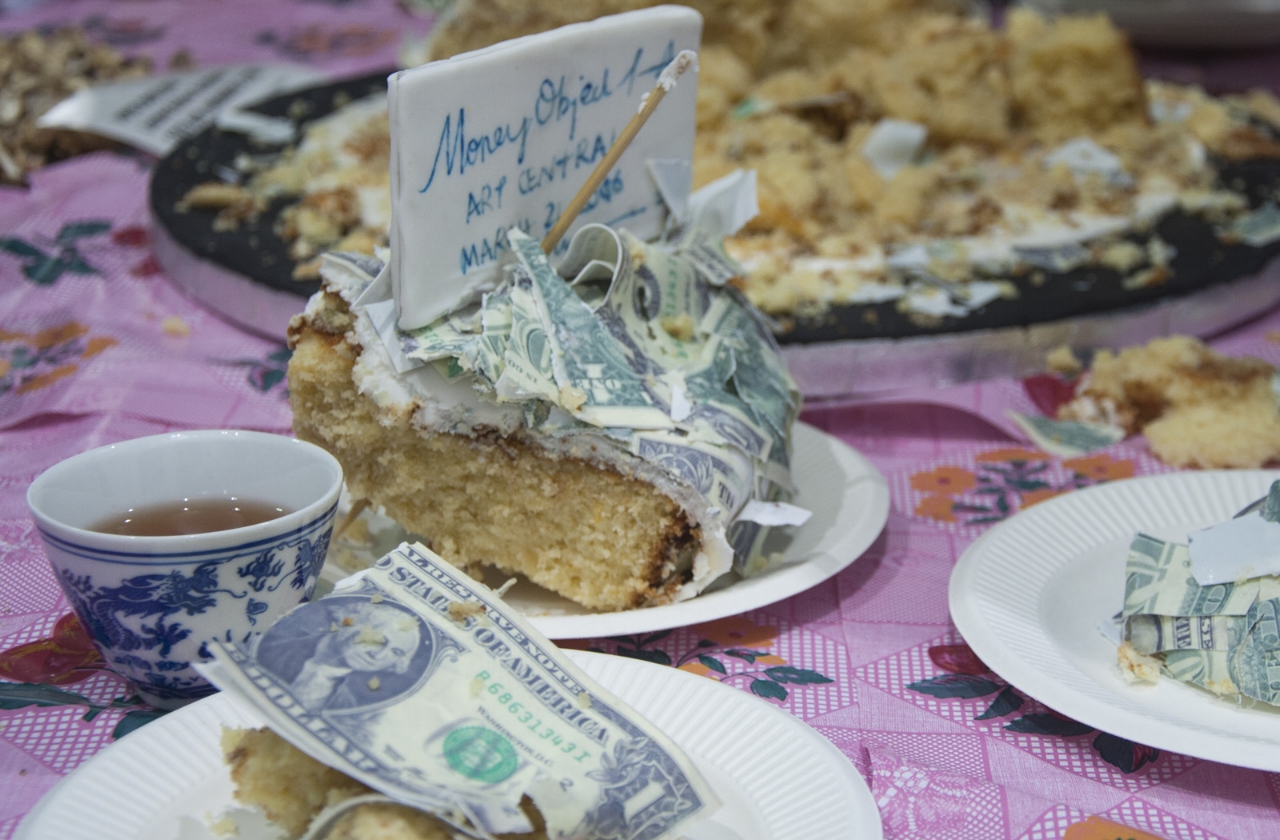

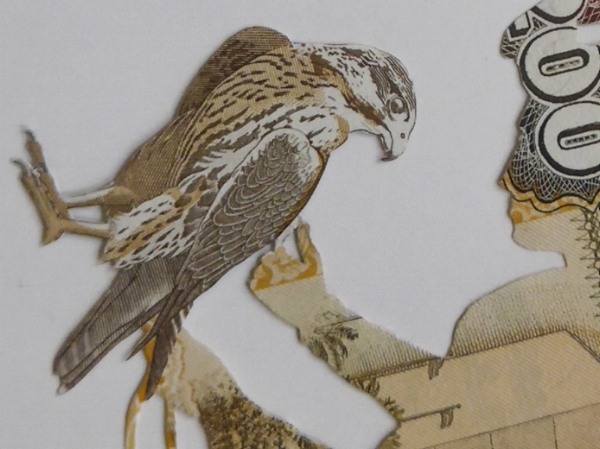
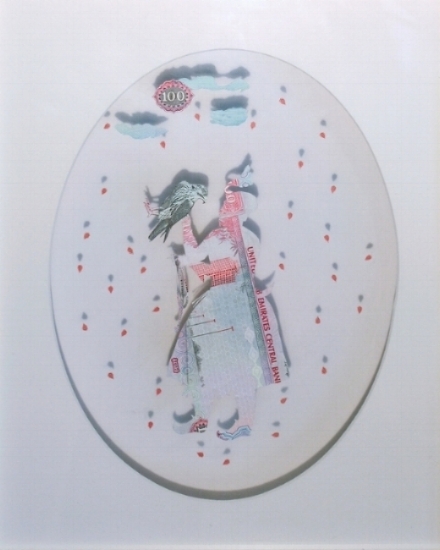
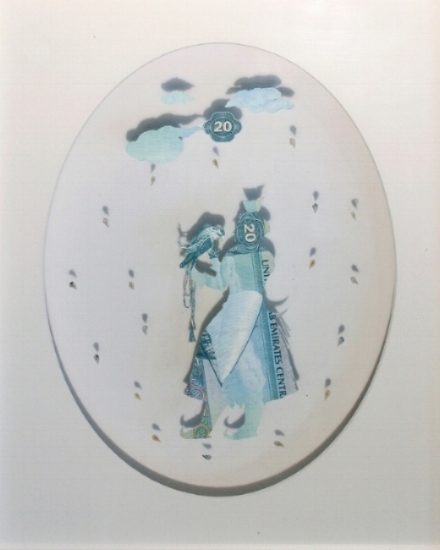
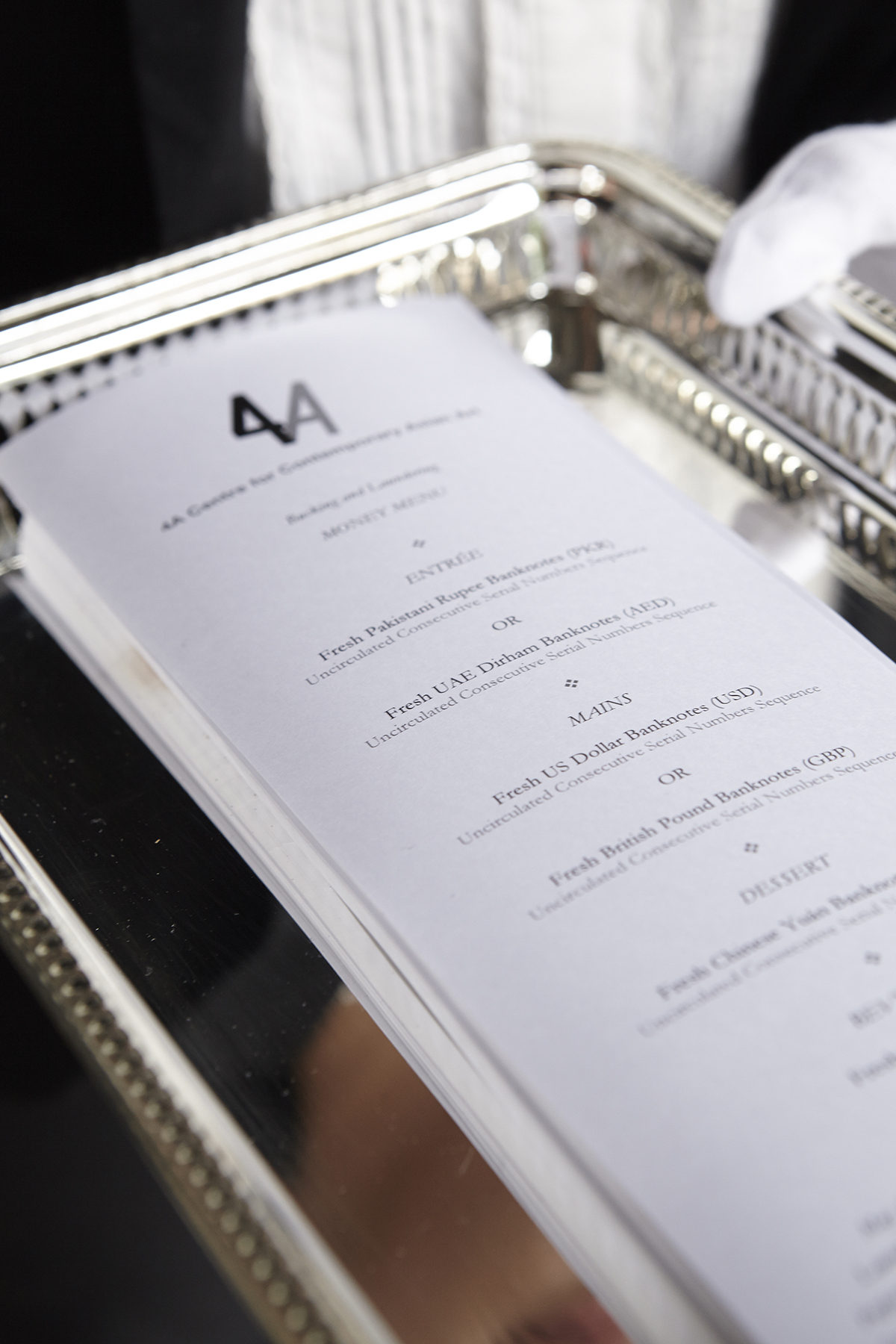
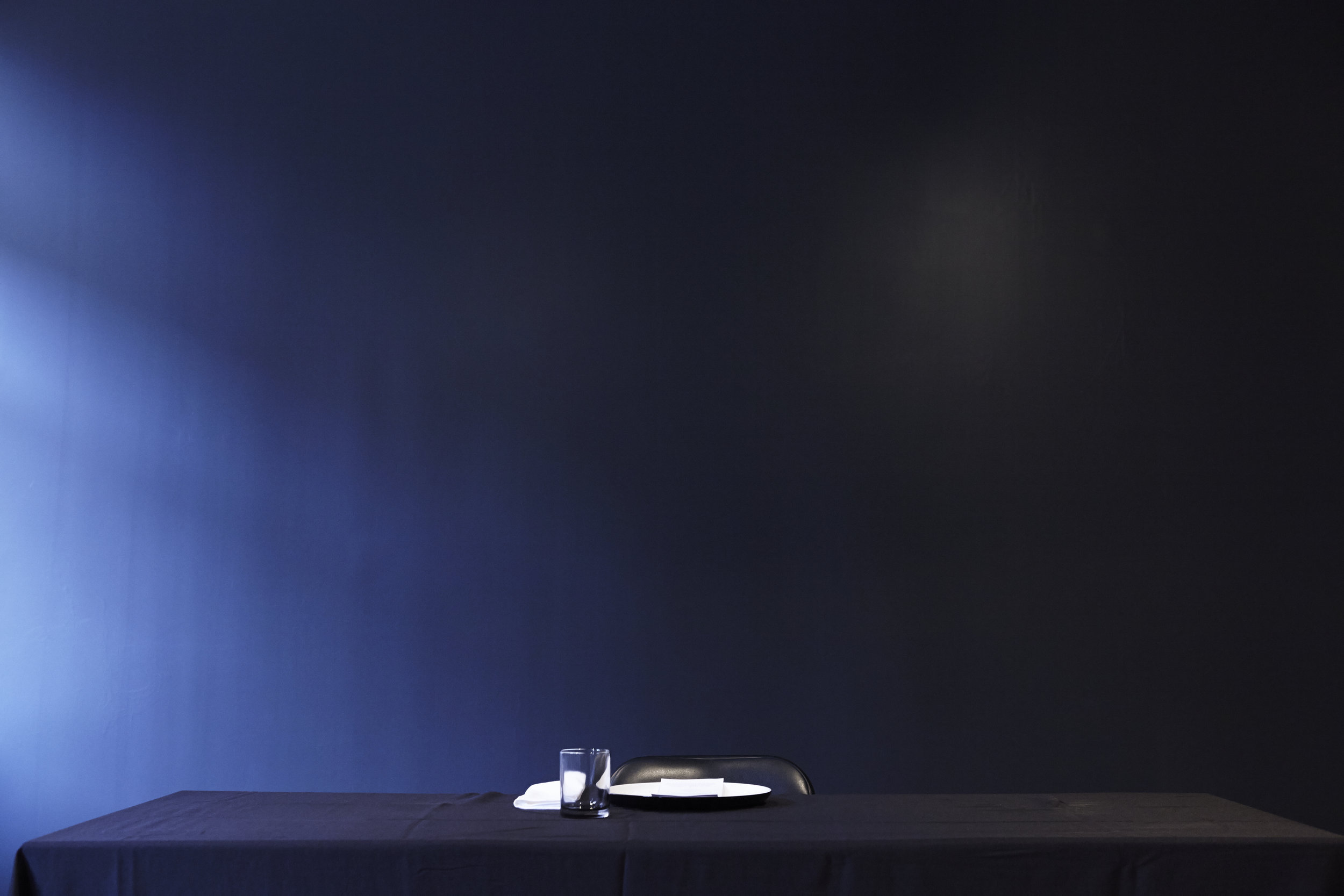

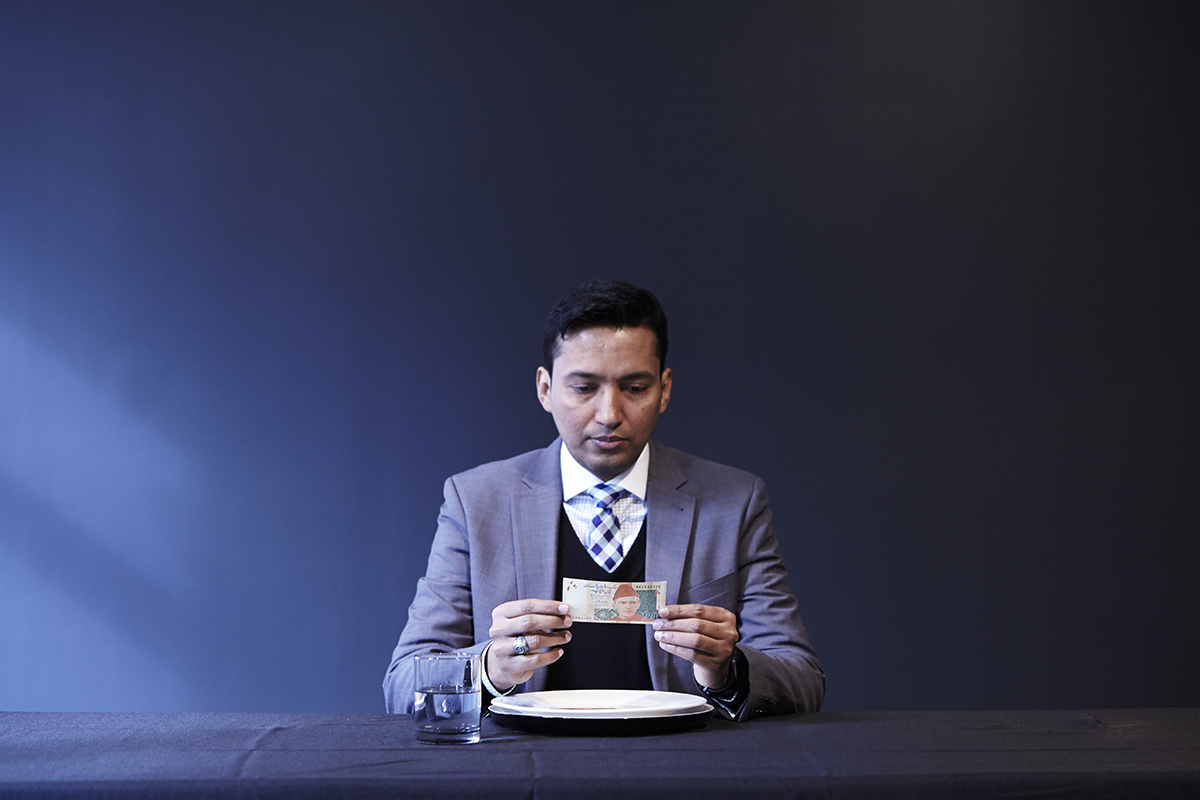

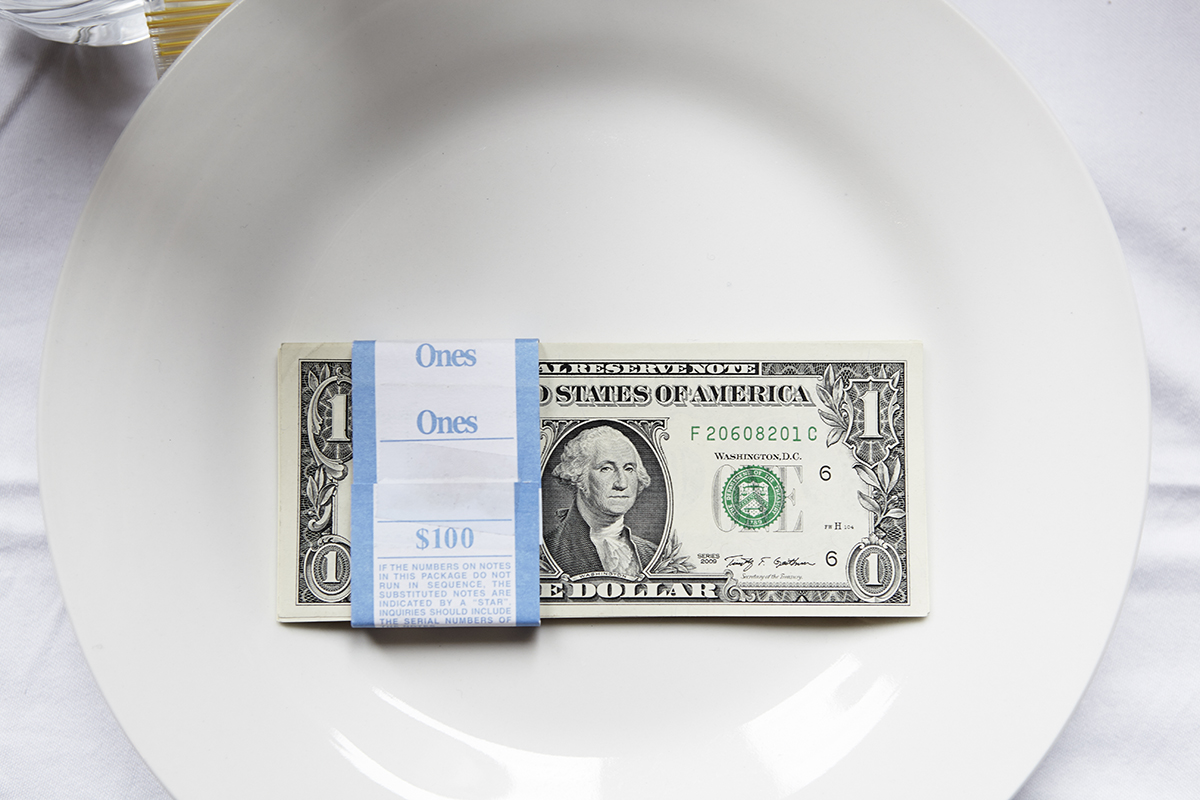
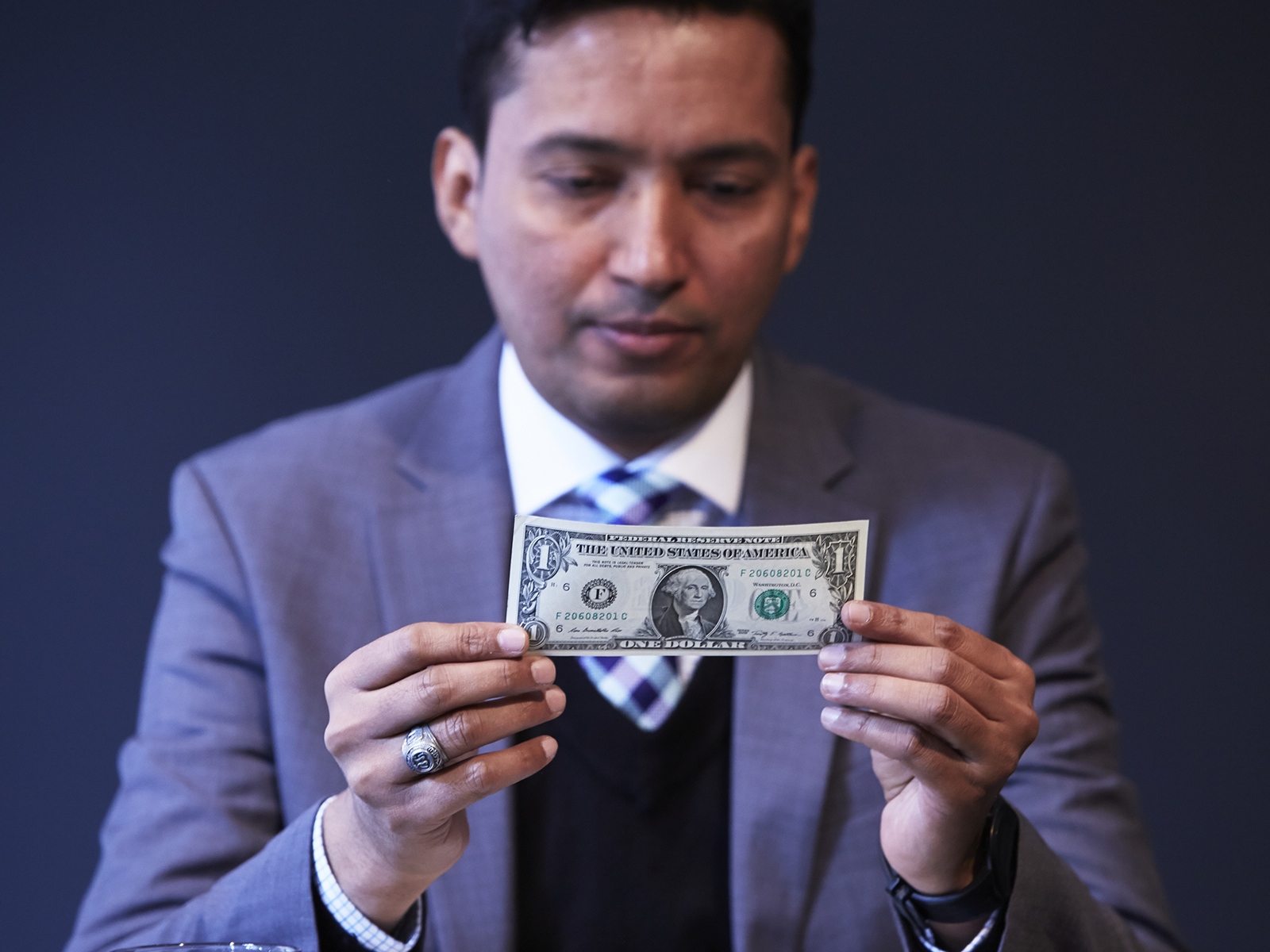
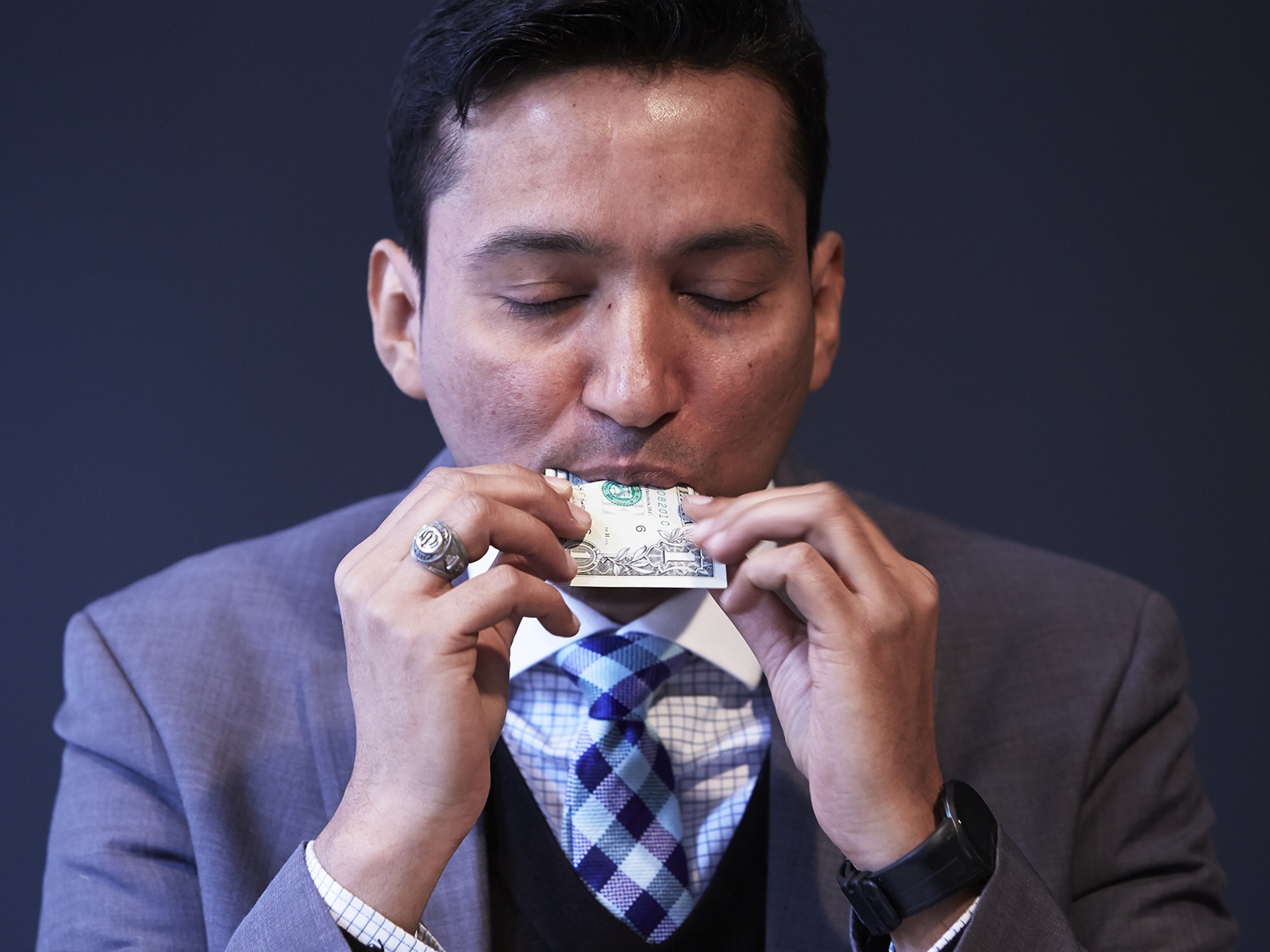
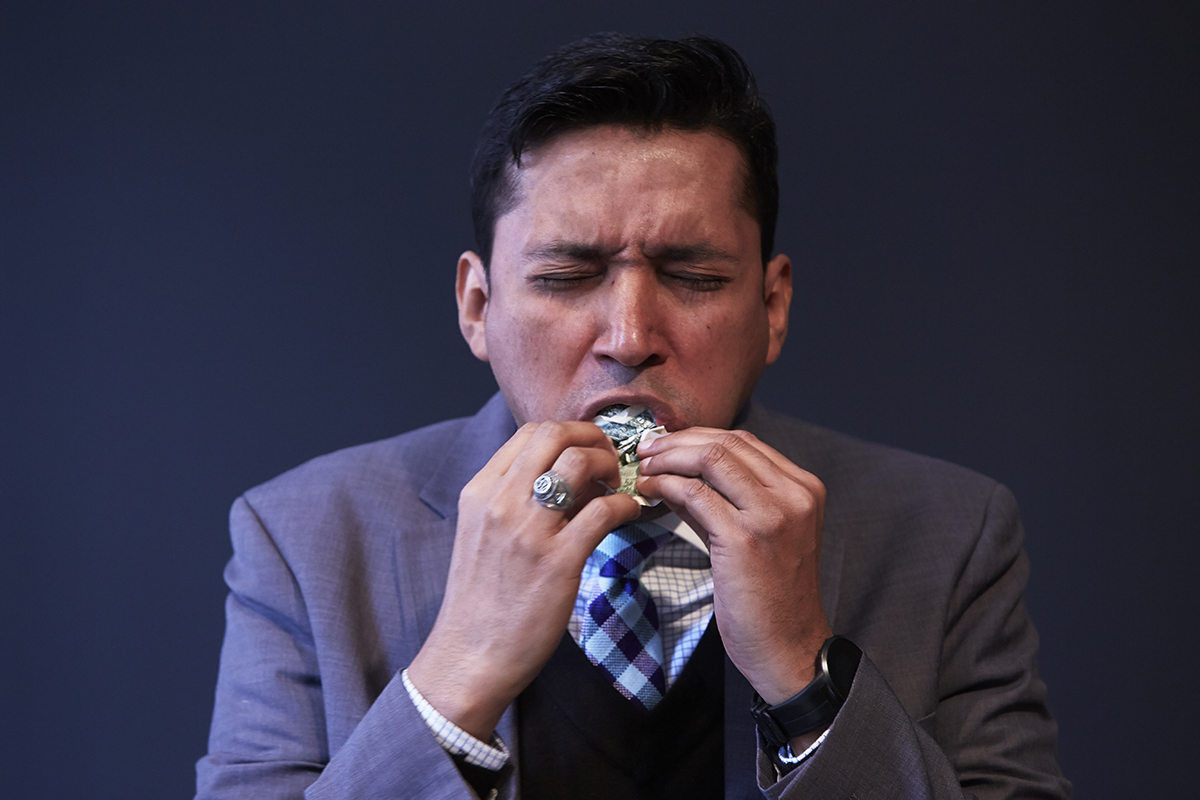
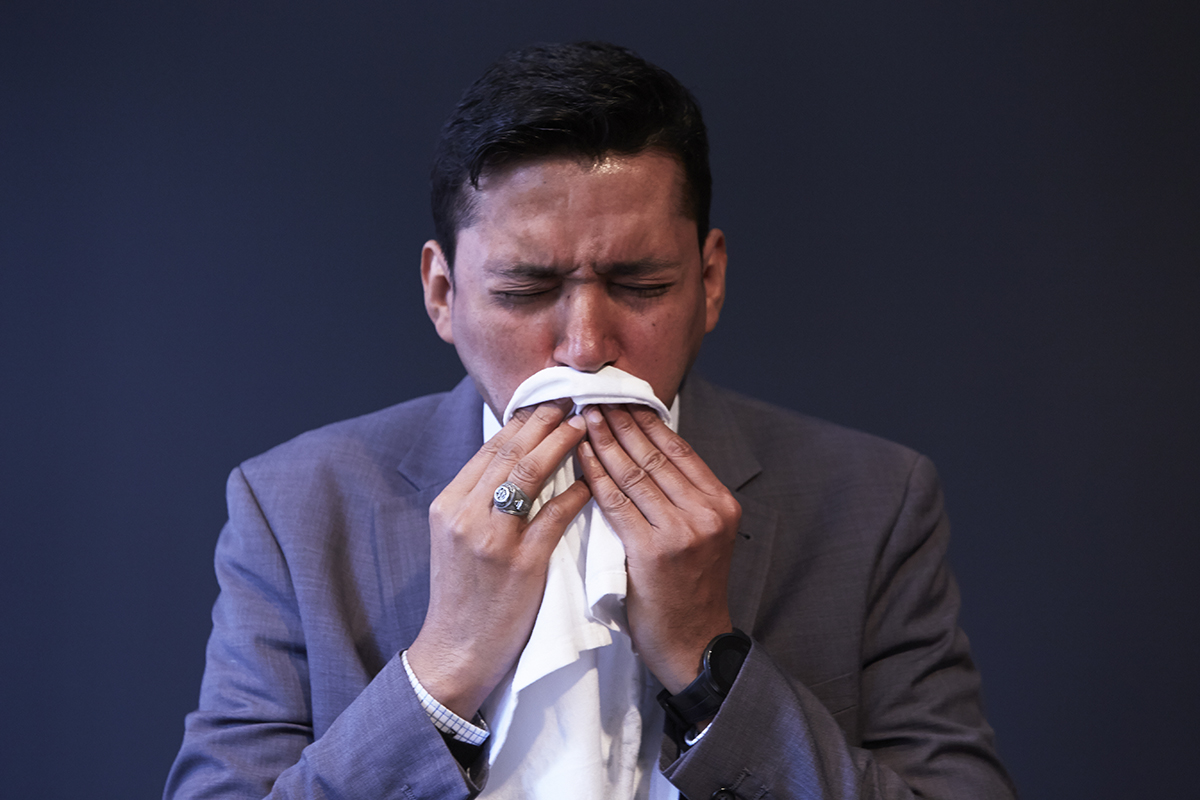
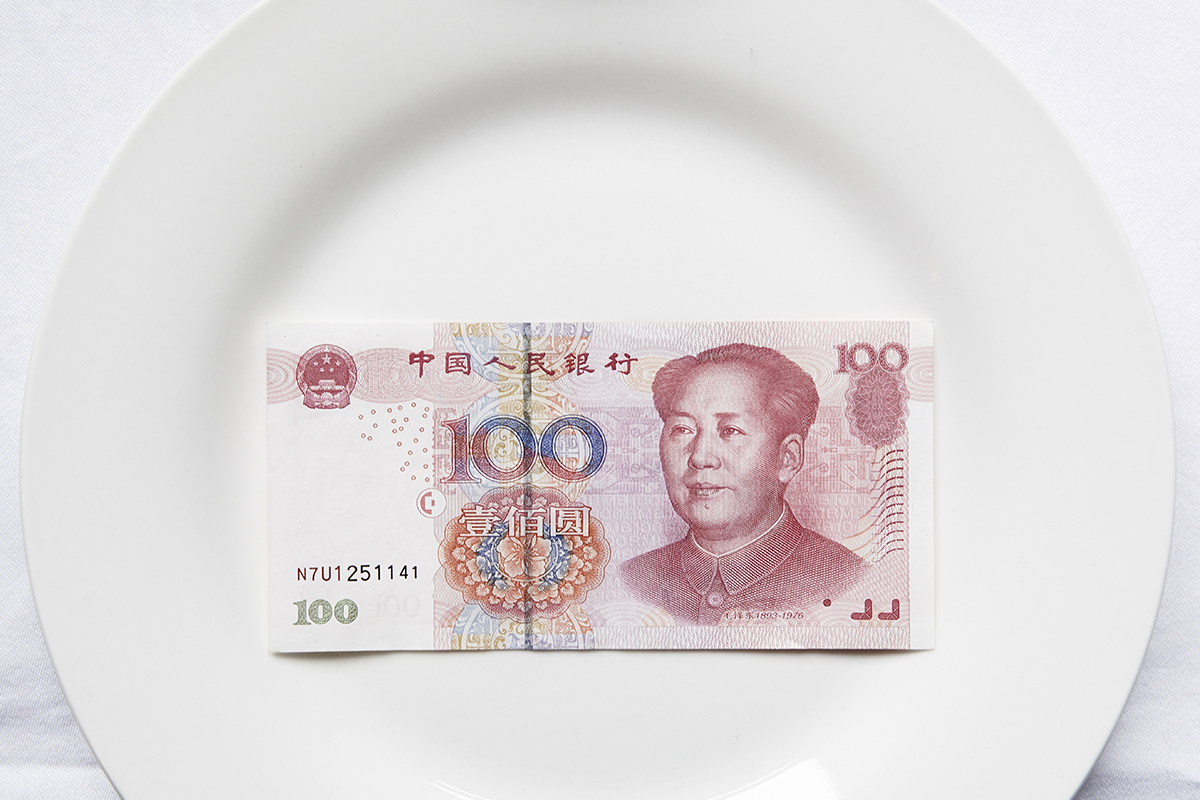
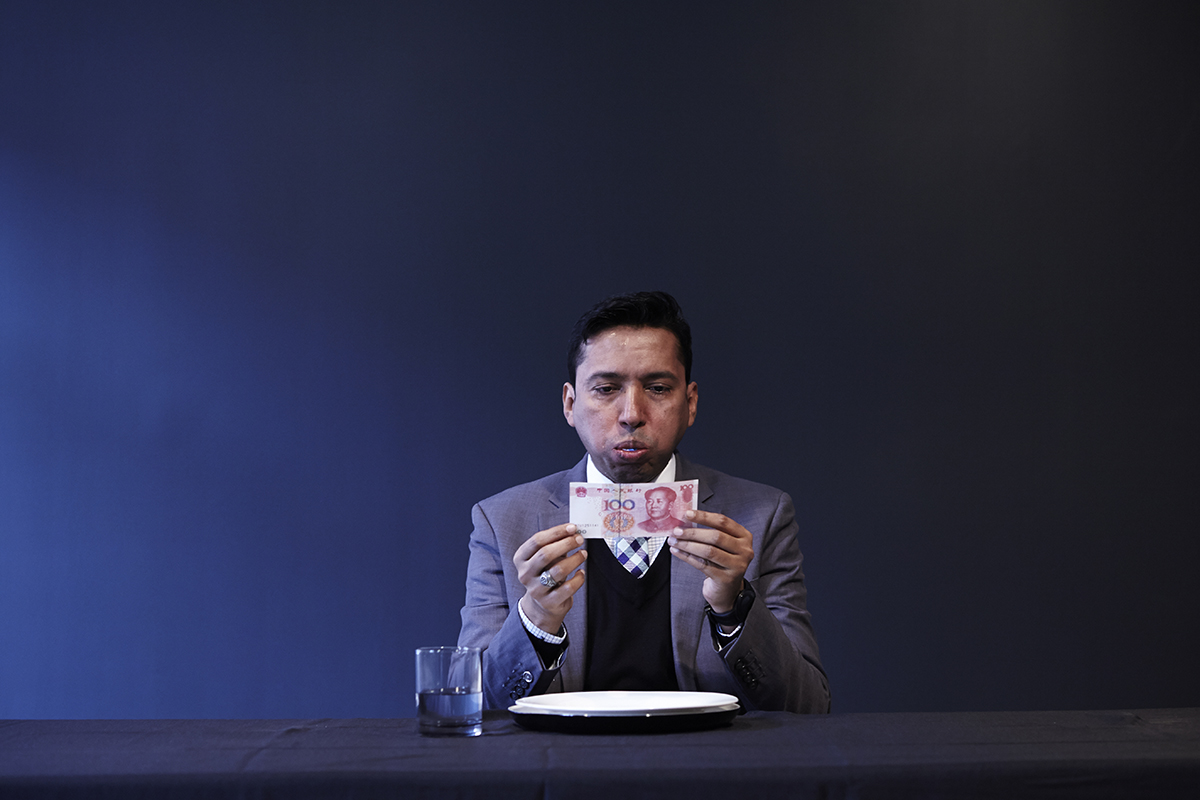
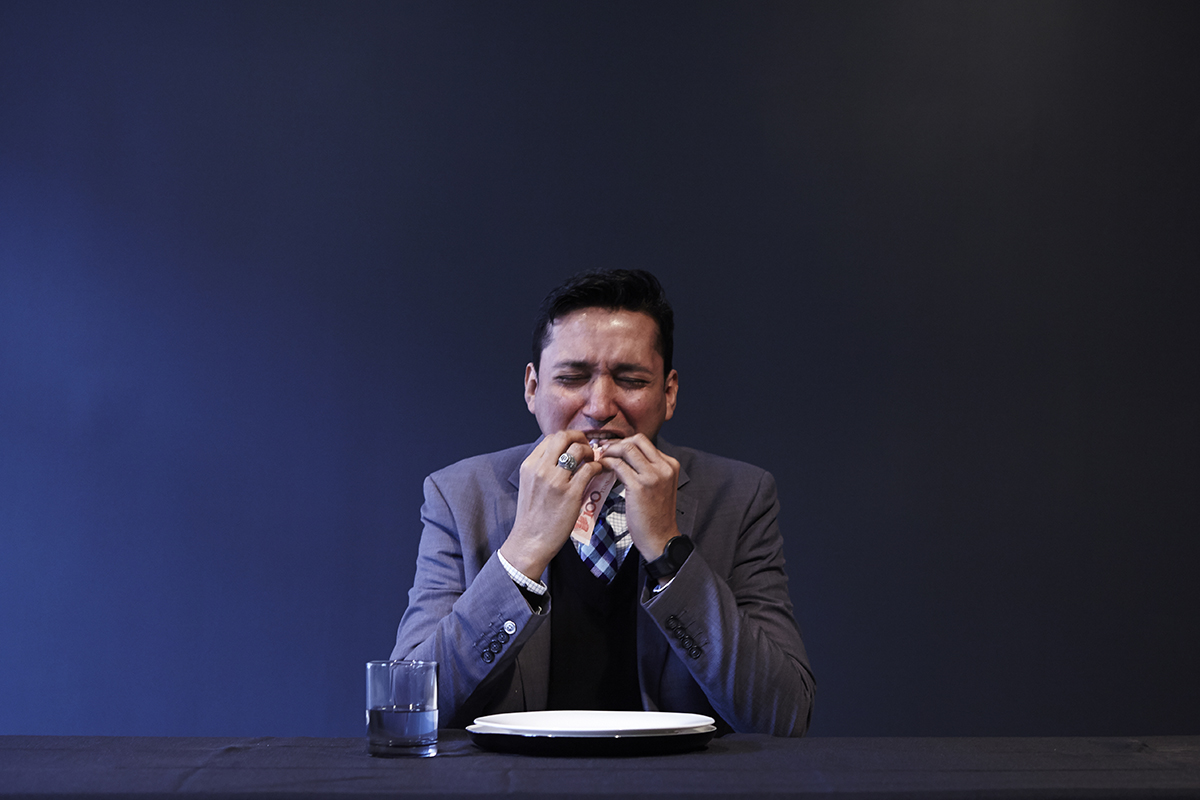
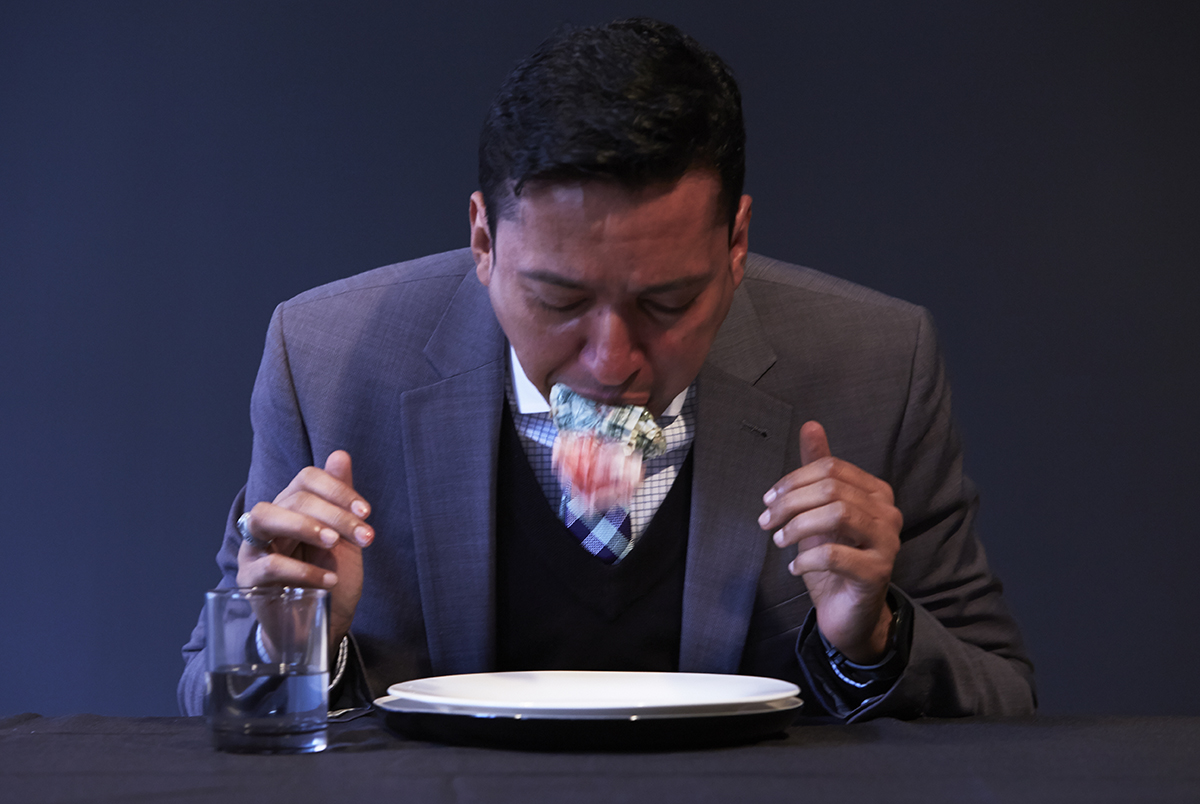

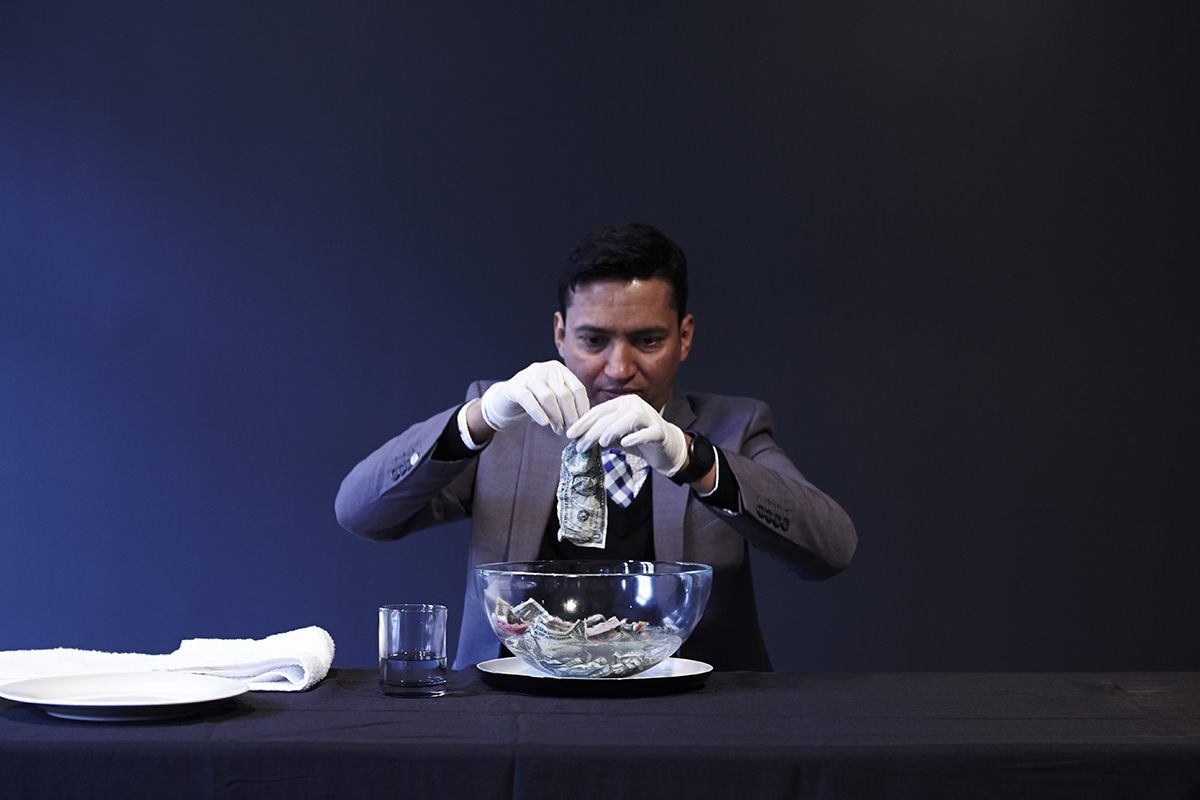
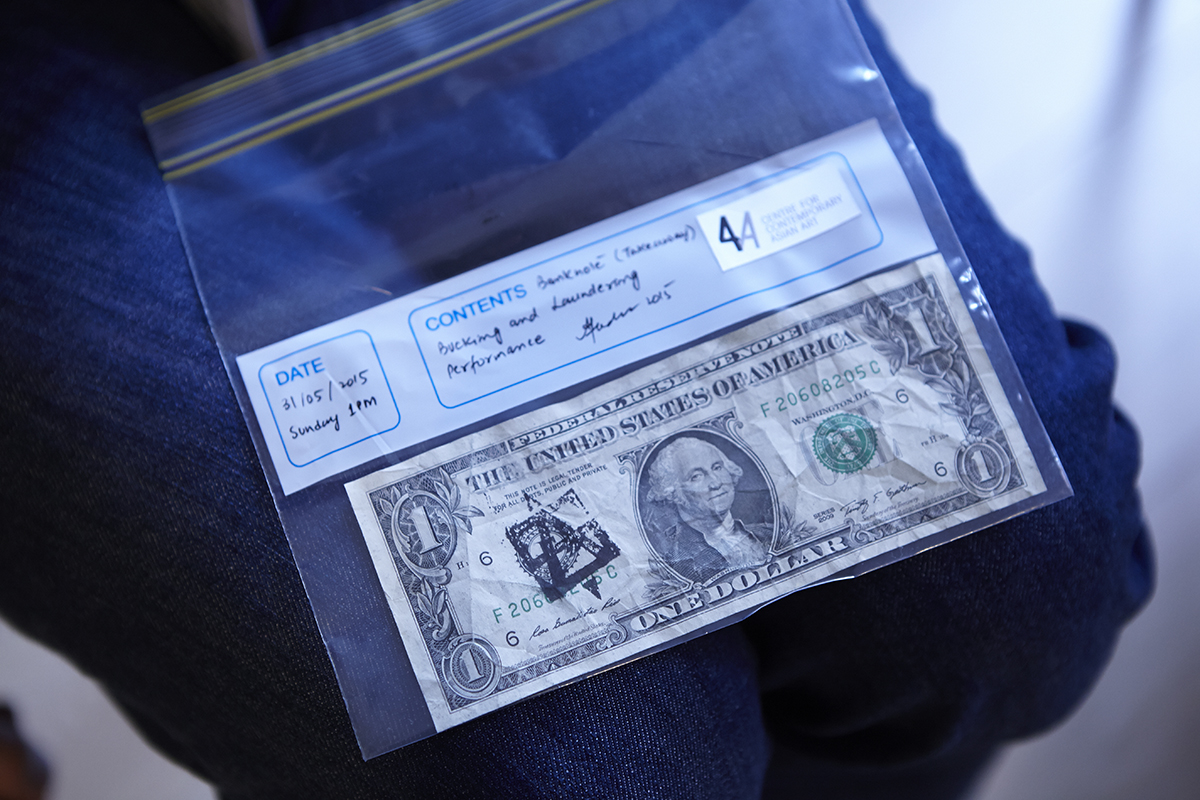
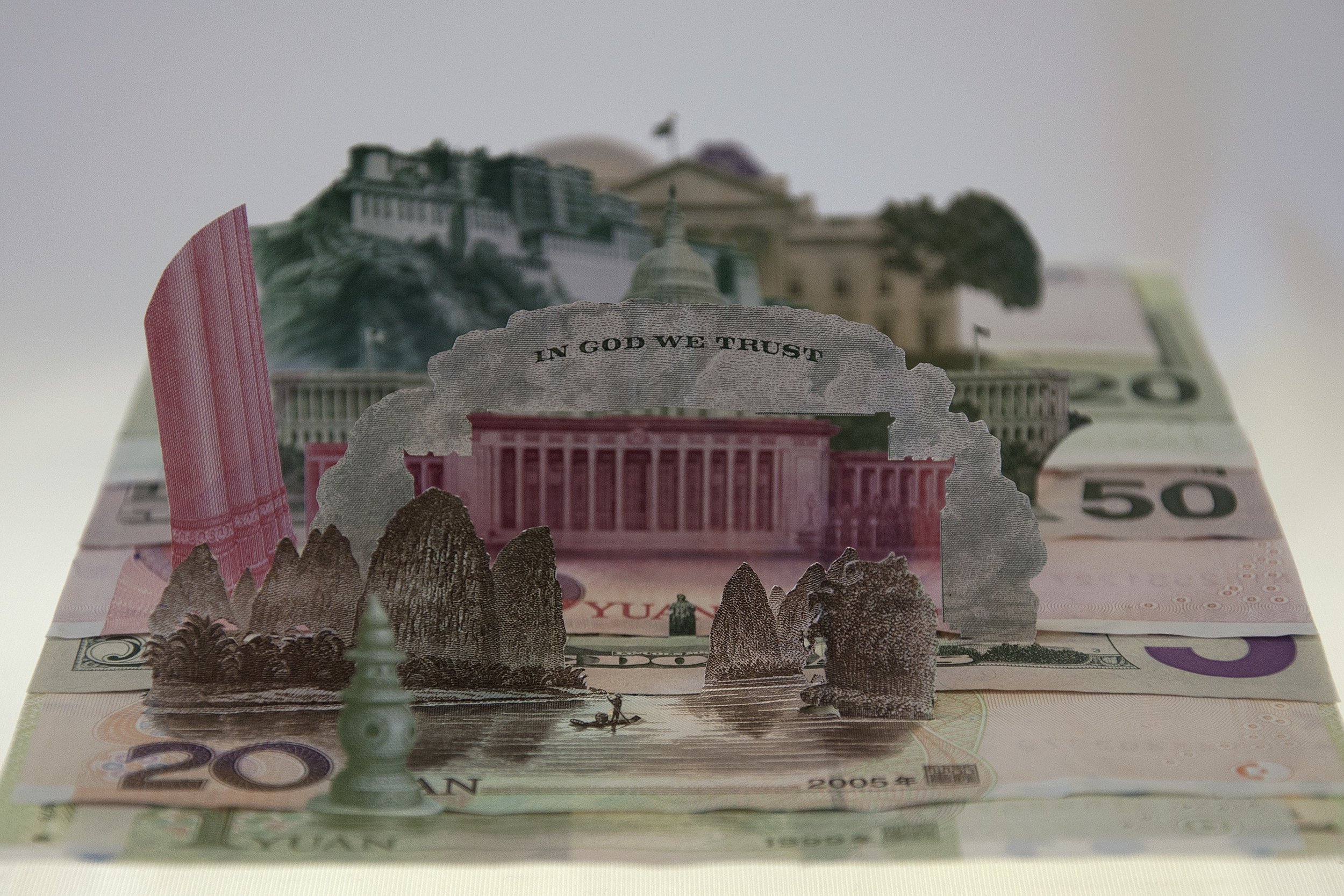
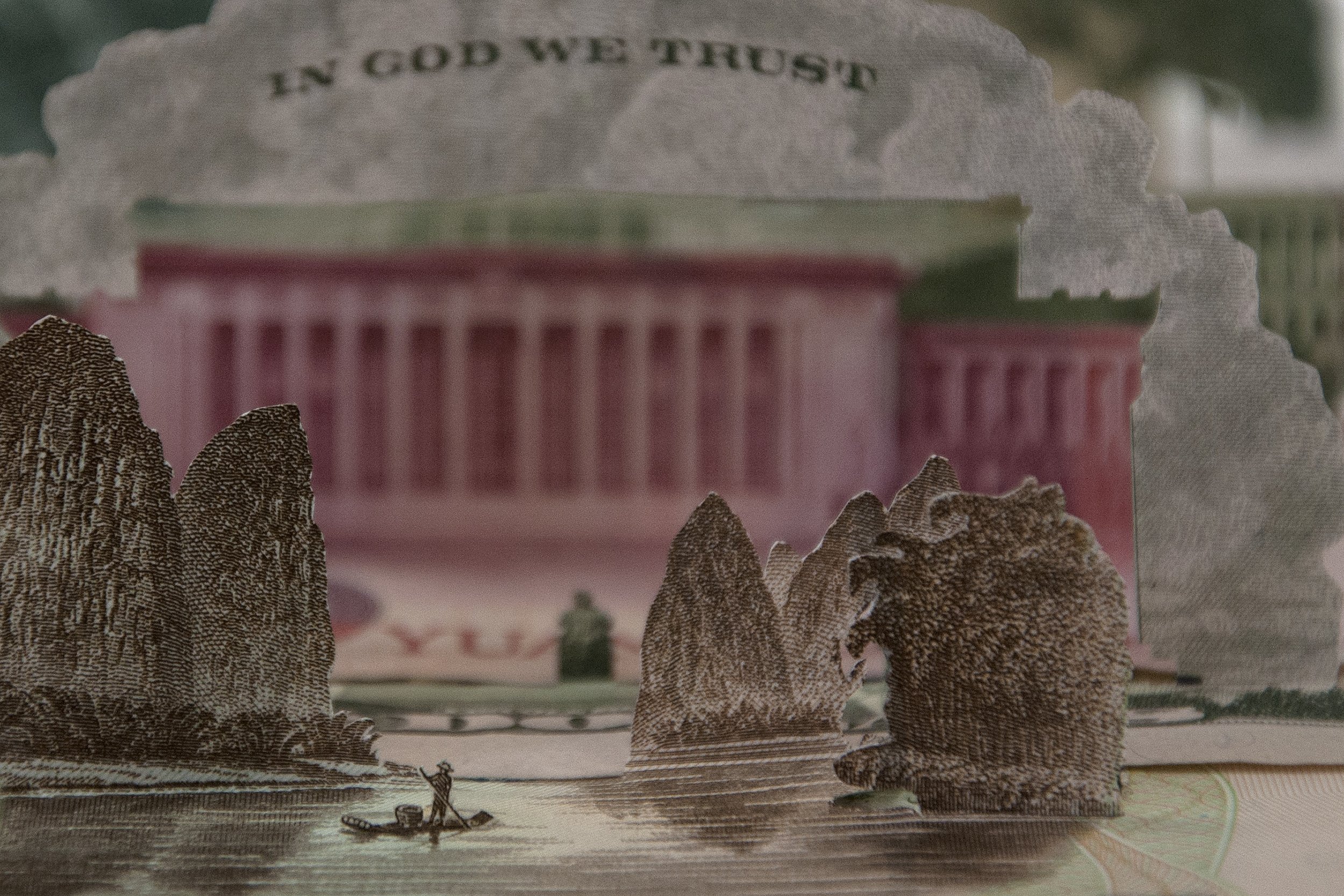
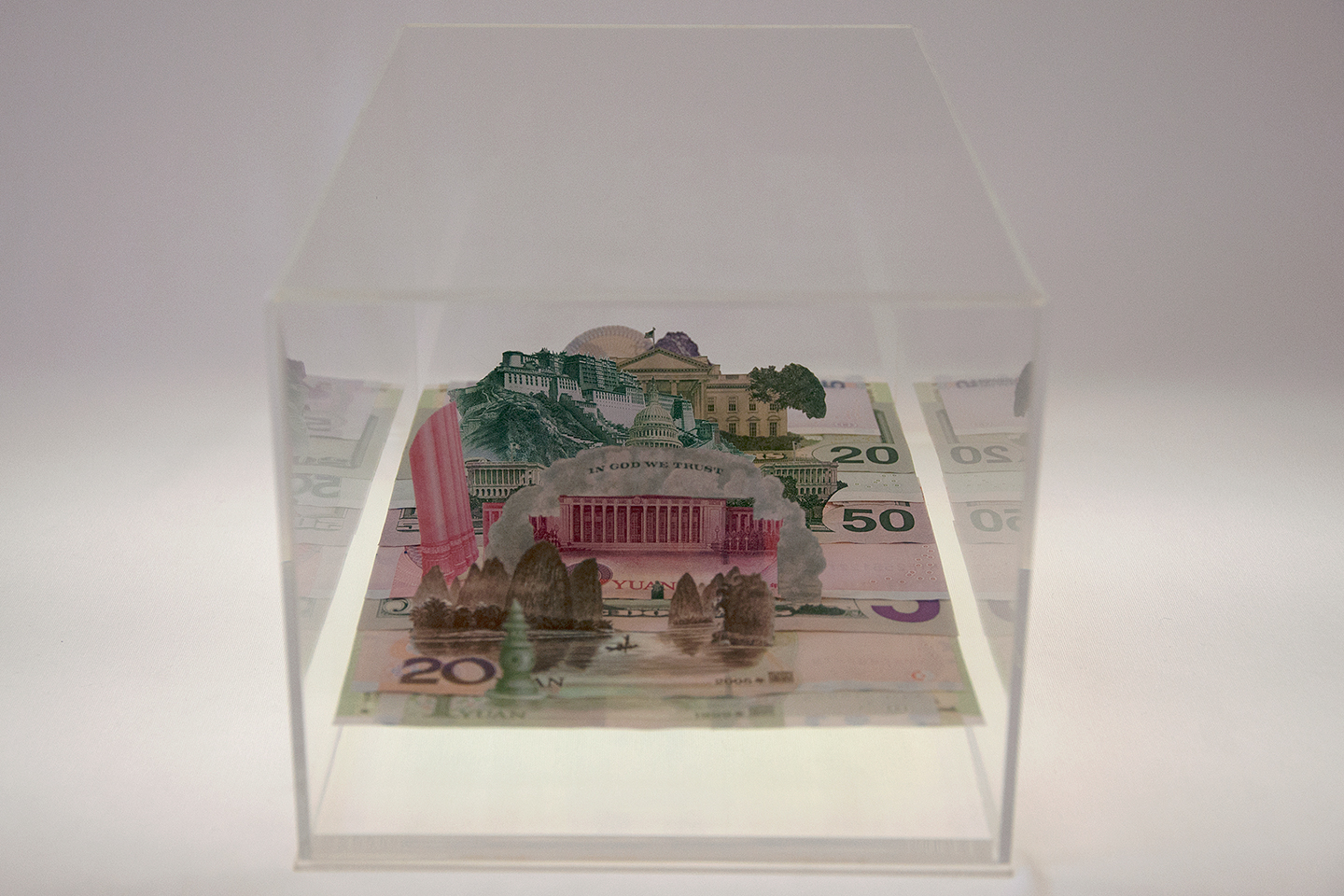
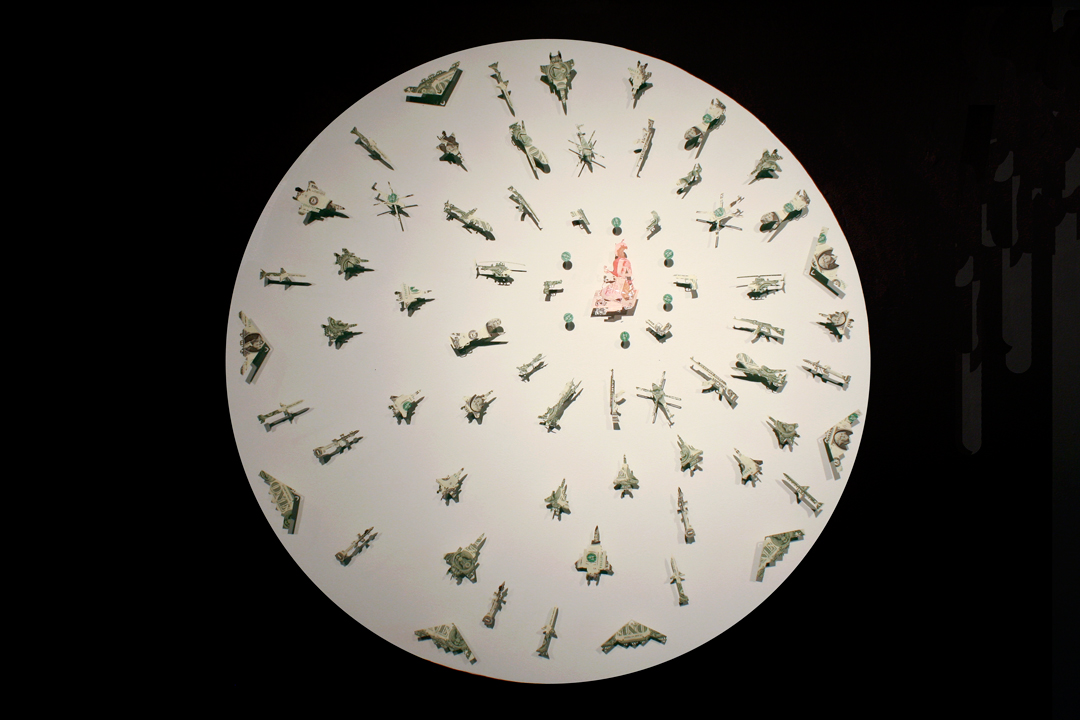
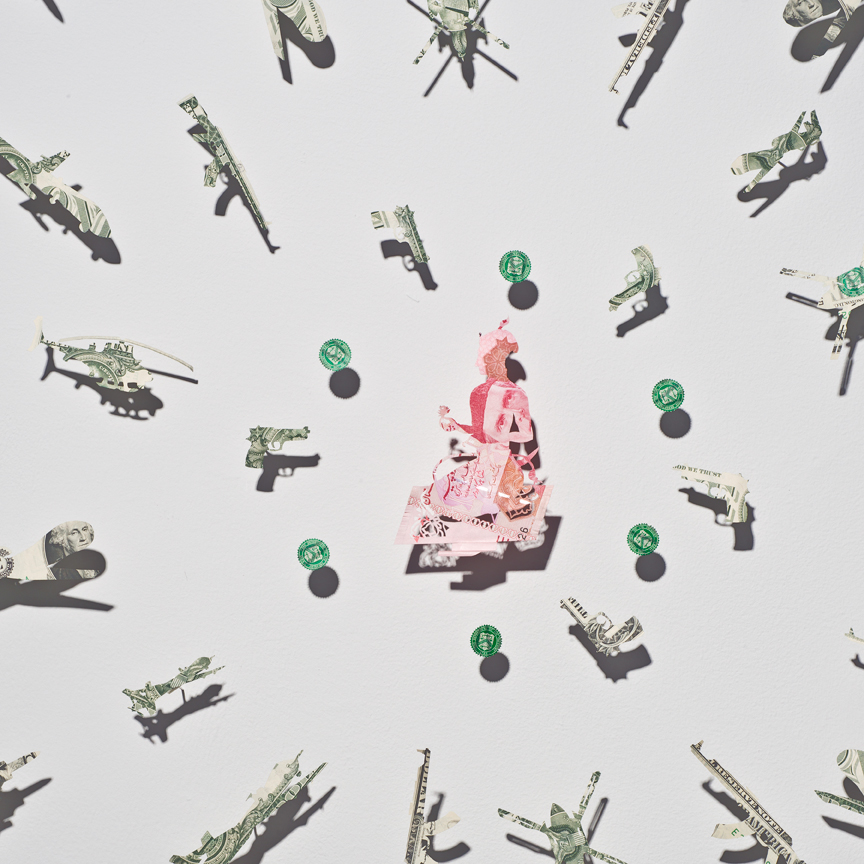
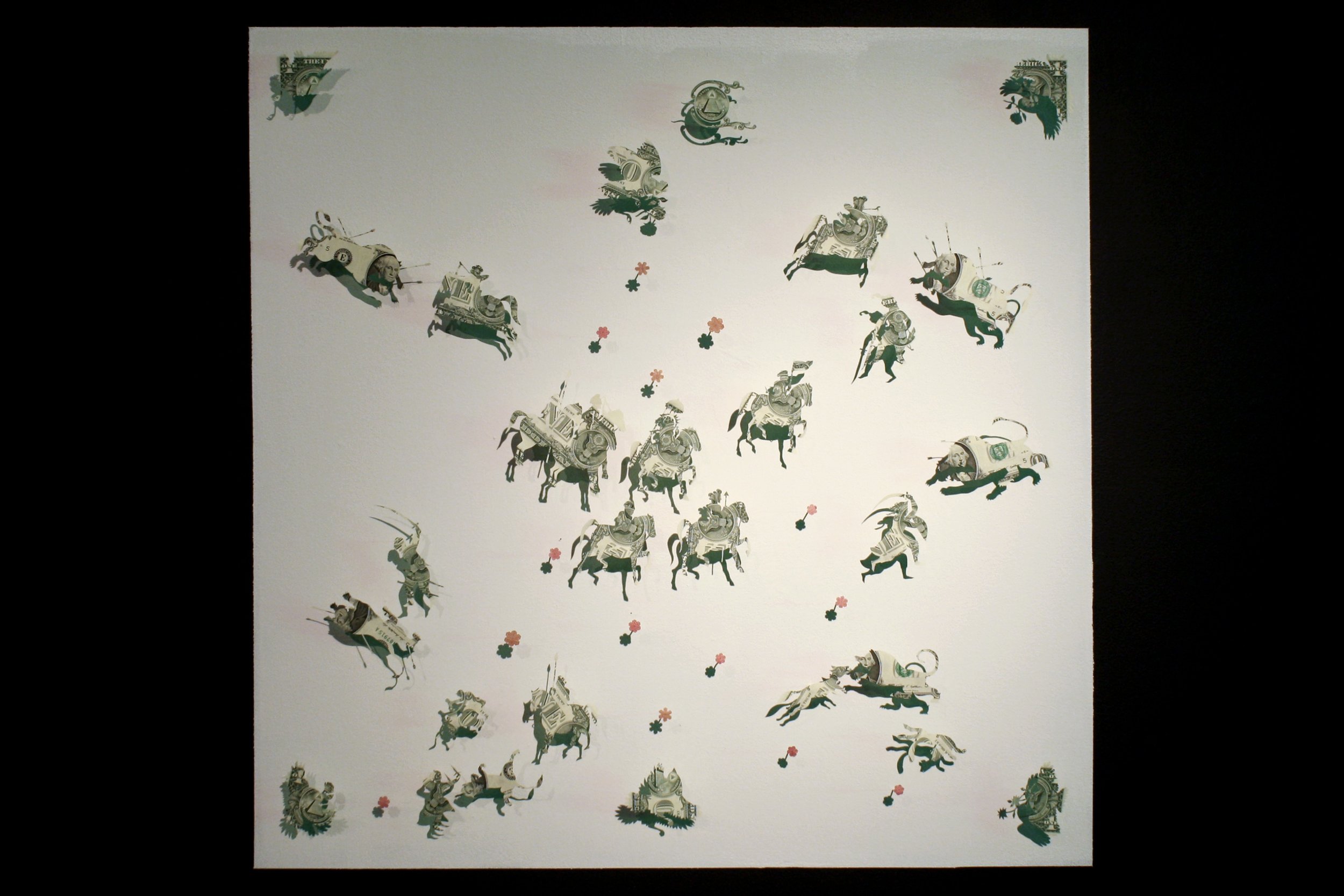

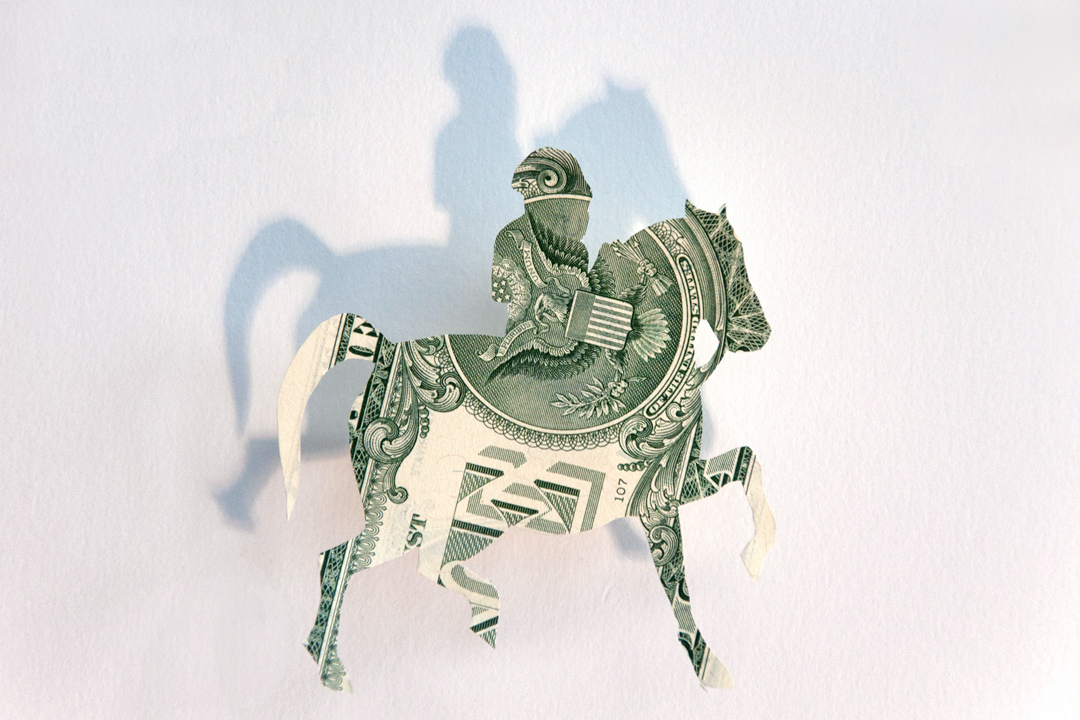
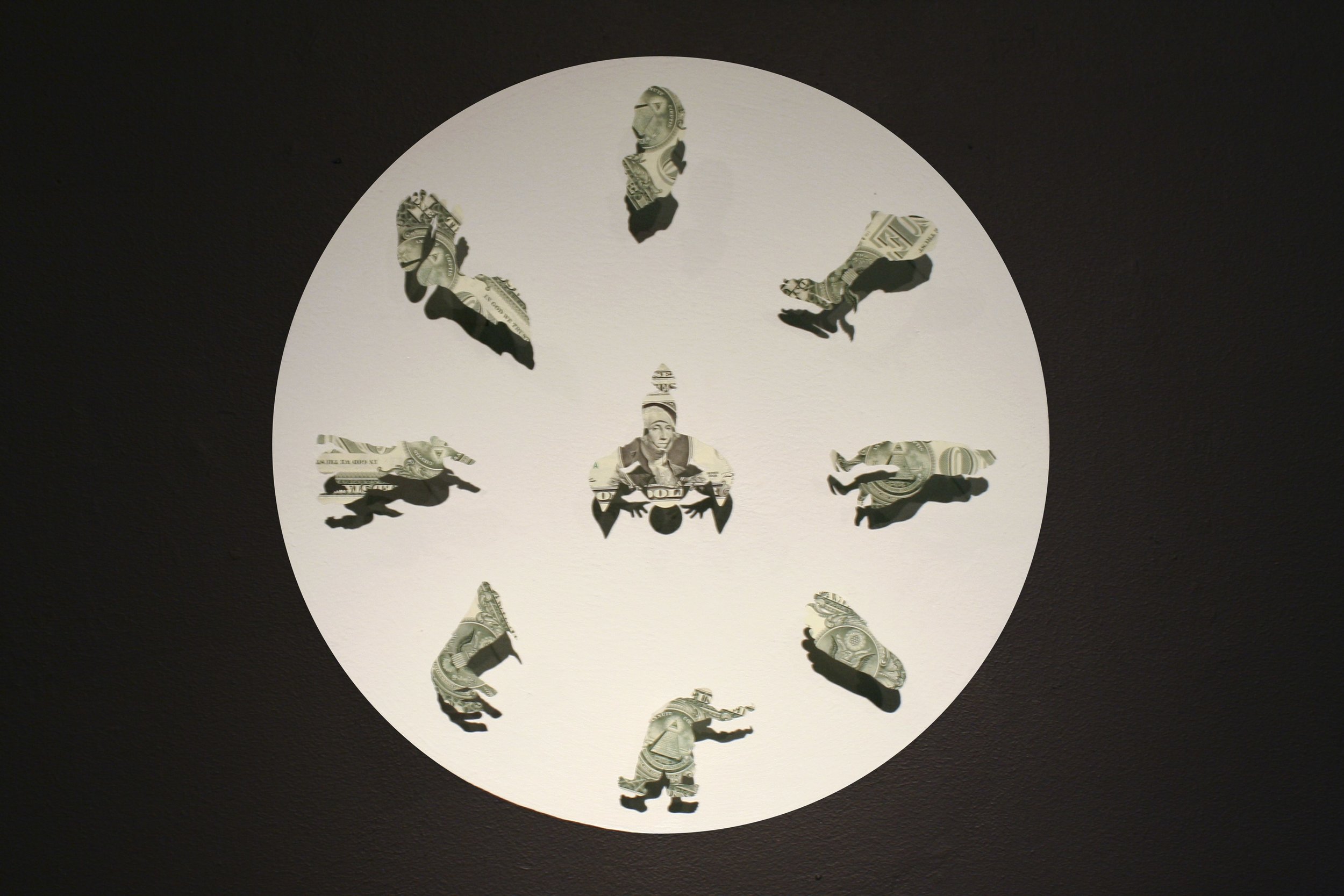
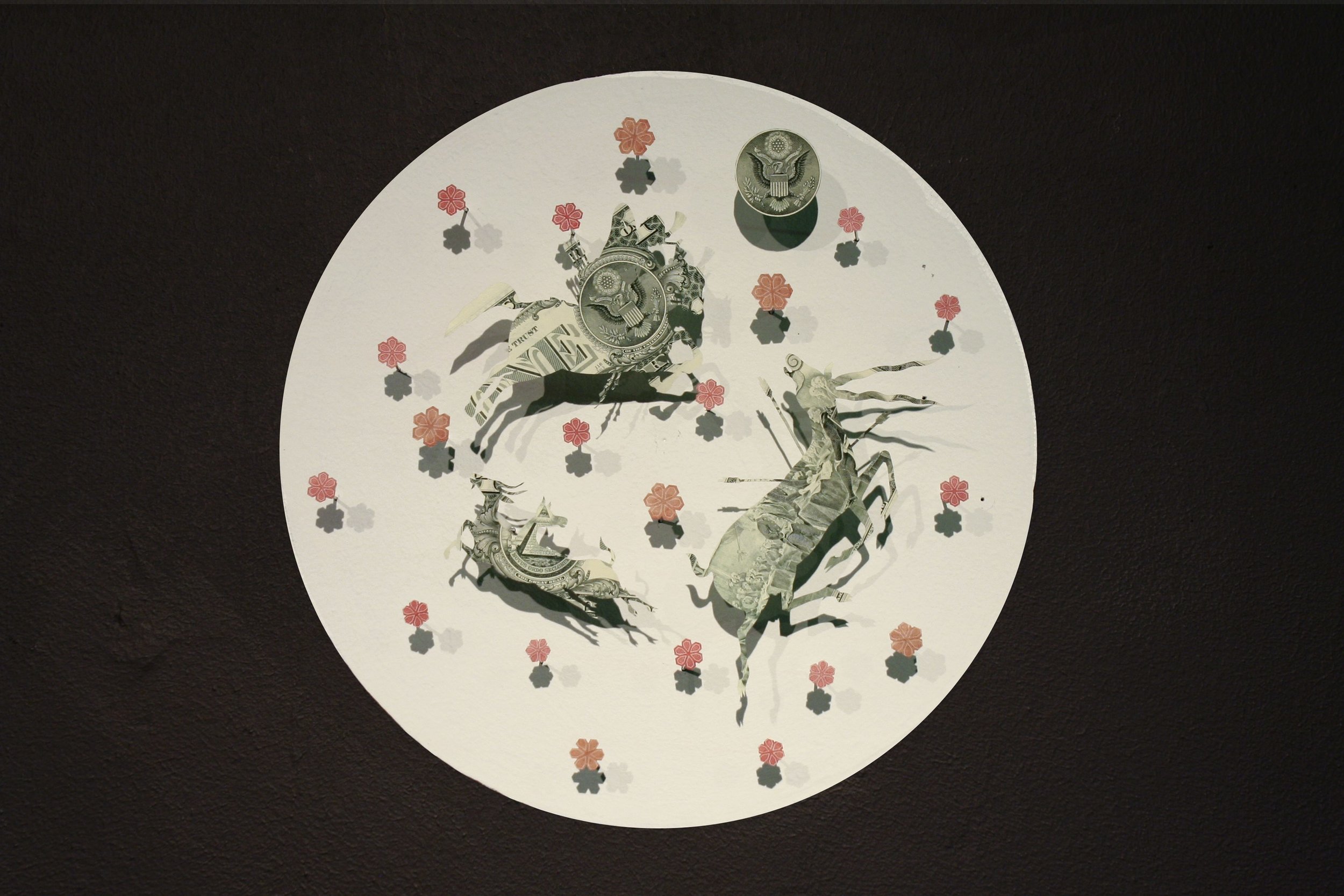
![One Thousand and One and Counting [1001 and counting] , 2012, diptych 1 of 2, Acrylic ink, debossed toll and hand cut and assembled uncut 1US$ sheet on handmade Vasli paper. Dimensions: 74 x 65 cm (each in frame)](https://images.squarespace-cdn.com/content/v1/5538cbe3e4b09f4577db825c/1490057506314-UL5KU0DTNLEKIA6ICALH/1001+and+Counting+Diptych+1+of+2+Syed+MI+A.jpg)
![One Thousand and One and Counting [1001 and Counting] (2012 - ongoing) - Diptych 2 of 2](https://images.squarespace-cdn.com/content/v1/5538cbe3e4b09f4577db825c/1490057530381-YSW4RBFXUY3KT8BI9VHI/1001+and+Counting+Diptych+2+of+2+Syed+MI+A.jpg)
![1001 and counting] , Details](https://images.squarespace-cdn.com/content/v1/5538cbe3e4b09f4577db825c/1490057463566-6N4A1F3B3OHHOMJFY3AN/03c+1001+Series+details.jpg)
![One Thousand and Four and Counting [1004 and counting] , 2017, diptych 1 of 2, Acrylic ink, debossed toll and hand cut and assembled uncut 1US$ sheet on handmade Vasli paper. Dimensions: 74 x 65 cm (each in frame)](https://images.squarespace-cdn.com/content/v1/5538cbe3e4b09f4577db825c/1496378832822-KH3KEAKB2C7A05OOXYGI/1004-and-Counting-2-of-2-w-border.jpg)
![One Thousand and Four and Counting [1004 and counting] , 2017, diptych 2 of 2](https://images.squarespace-cdn.com/content/v1/5538cbe3e4b09f4577db825c/1496378842076-ND4B5RGN2BG0OQS1KU4E/1004-and-Counting-1-of-2-w-Border.jpg)
